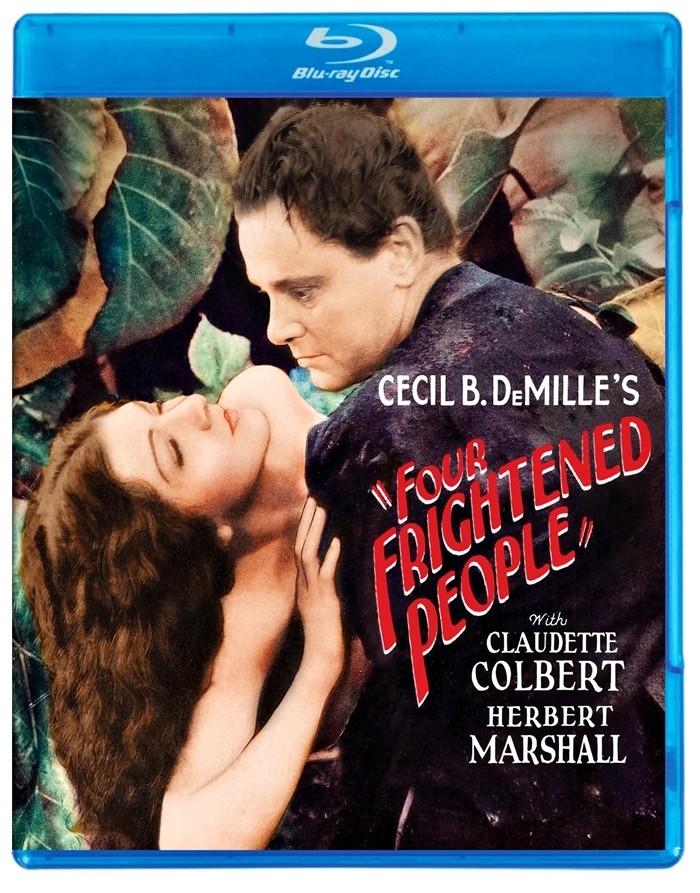Boris Karloff →Hjalmar Poelzig in ‘The Black Cat’
https://www.tumblr.com/blog/view/paddyfitz/98418340079
It is somewhat ironic that Boris Karloff is remembered for his iconic role as Frankenstein’s monster– a wholly innocent and sympathetic creature– as opposed to his role as one of the greatest human monsters in film history. Poelzig is less of a human character than a symbol of mankind’s deepest, darkest and most perverse nature. Perhaps, as many critics believe, he is simply a human embodiment of evil or the Devil himself. Yet within such a role Karloff conveys a myriad of emotions, real and fake, that give the character depth and complexity. Like the film’s naive honeymooners, we are initially charmed by Poelzig– although he is presented in shadows and we have already been given plenty of hints about his past misdeeds, he plays his role of the amiable, charming host very well. Faced with Lugosi’s unbalanced and histrionic Werdegast, it is easy to see Poelzig as a safer, less unnerving figure. However in his interactions with Werdegast his cruel and manipulative side becomes clear. He laments the loss of Werdegast’s wife; a wife whom he stole and most probably murdered to satisfy his own (implied) necrophiliac urges. Werdegast looks at her corpse with real tears in his eyes as he feels the emotional loss of his last hope and connection to his former life, but although Poelzig confesses his love for her and his pain at her loss, his eyes betray him; to him she is not lost as her purpose of being a beautiful decoration and his plaything is still being fulfilled.
Yet Poelzig is even more complicated beneath his ingratiating but sinister smile. As he says to Werdegast, his soul is dead, and while he himself can be interpreted as a lingering spirit of a war beyond any horror depicted on film, he also reflects one of its victims. As he prepares to perform a Satanic ritual, planning to annihilate any remains of his soul and destroy the innocence of the unfortunate heroine, his stance is unsteady and his eyes wide and shining with fear. After all he is merely a man, as much as Werdegast and the rest of the world would like to easily define him as a devil. In his final moments he gives a display of true and terrifying emotion as his horrific fate becomes clear. In the ruins of the old war fort that he tried to bury beneath new, cold modernity, Poelzig becomes (quite literally) trapped in the past and must suffer the consequences of his misdeeds.

 ¡Bienvenido a mundodvd! Regístrate ahora y accede a todos los contenidos de la web. El registro es totalmente gratuito y obtendrás muchas ventajas.
¡Bienvenido a mundodvd! Regístrate ahora y accede a todos los contenidos de la web. El registro es totalmente gratuito y obtendrás muchas ventajas.


 LinkBack URL
LinkBack URL About LinkBacks
About LinkBacks

 Citar
Citar













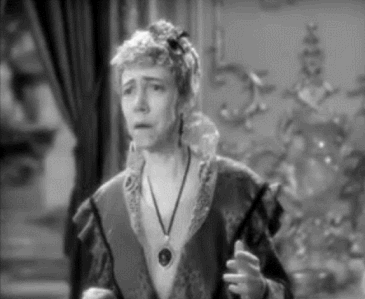
 a mí también me gusta mucho, pero me resulta imposible elegir una actriz favorita... tal vez la Stanwyck, pero no, en realidad soy incapaz de quedarme con una sola.
a mí también me gusta mucho, pero me resulta imposible elegir una actriz favorita... tal vez la Stanwyck, pero no, en realidad soy incapaz de quedarme con una sola.



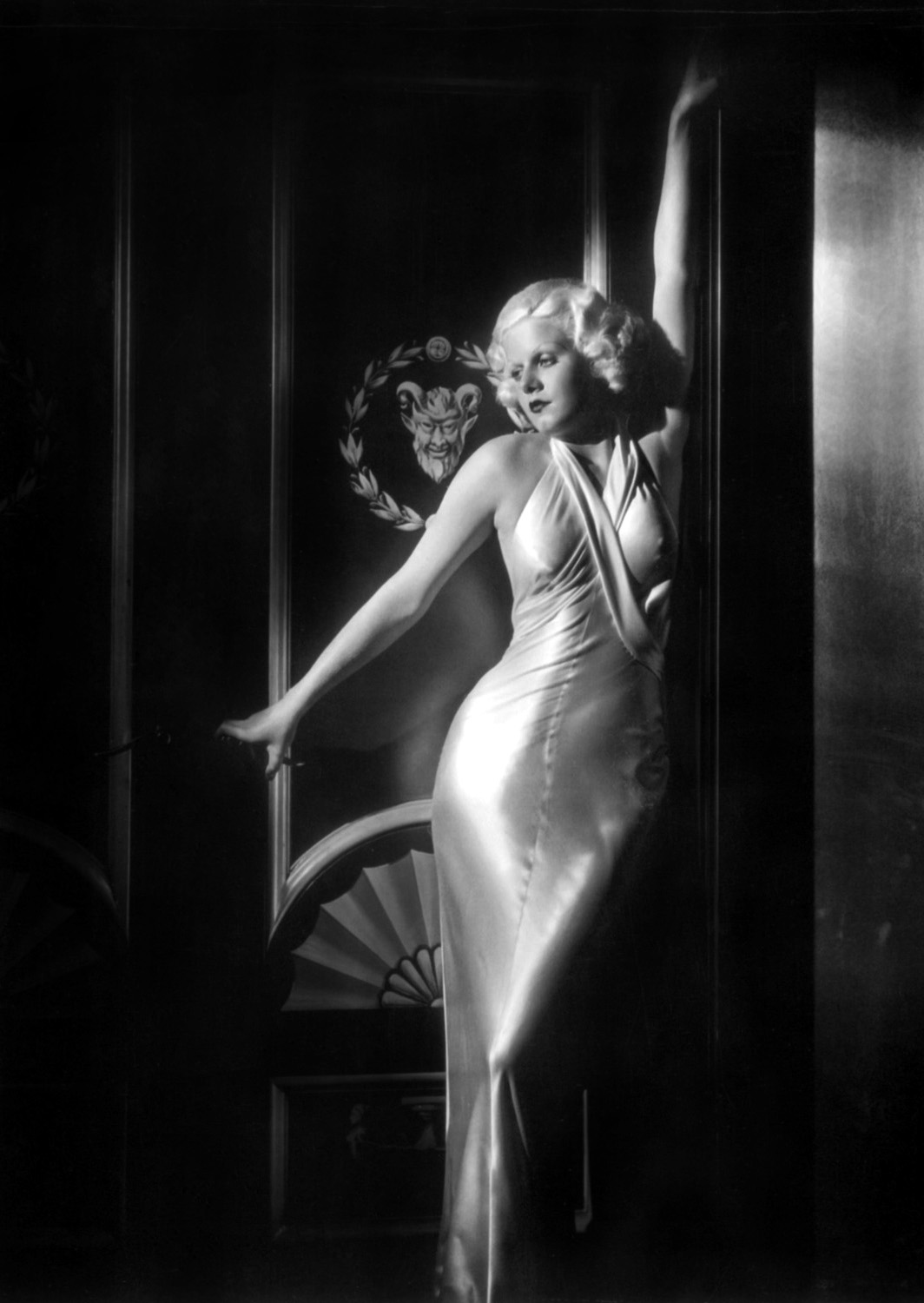
 no te creas que no he pensado alguna vez en abrirle tema, quizás algún día con más tiempo y ánimos.
no te creas que no he pensado alguna vez en abrirle tema, quizás algún día con más tiempo y ánimos.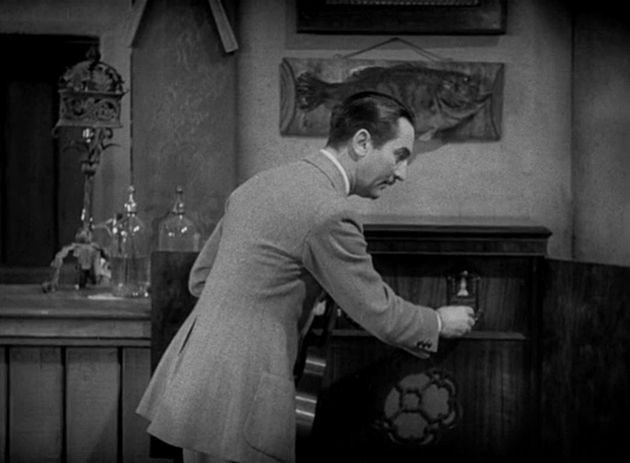
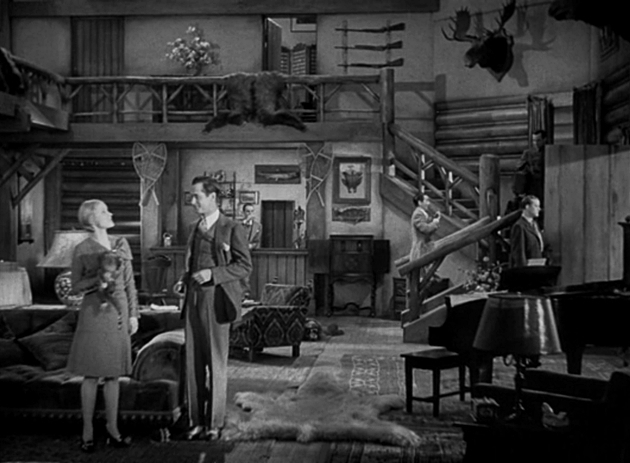


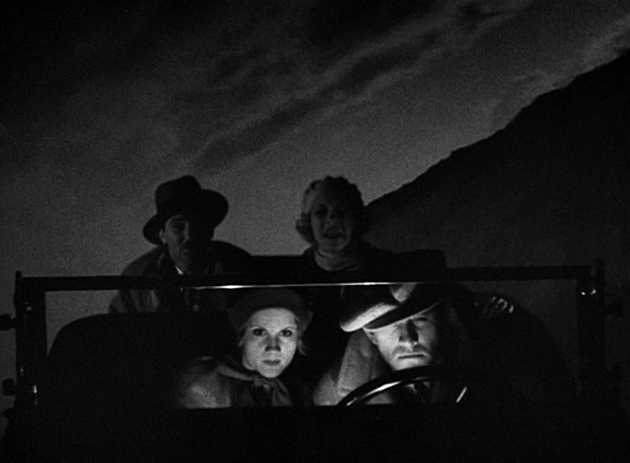
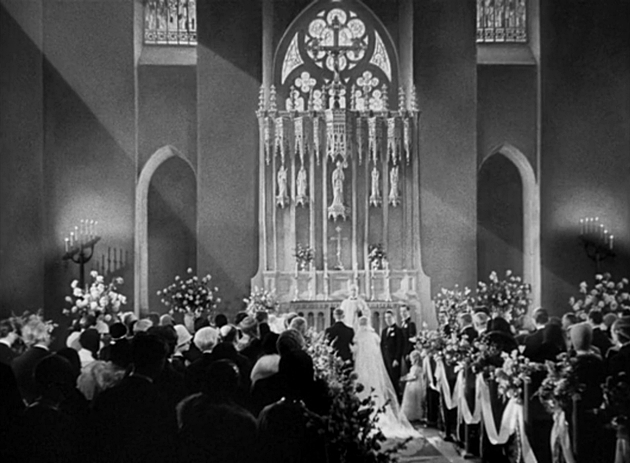
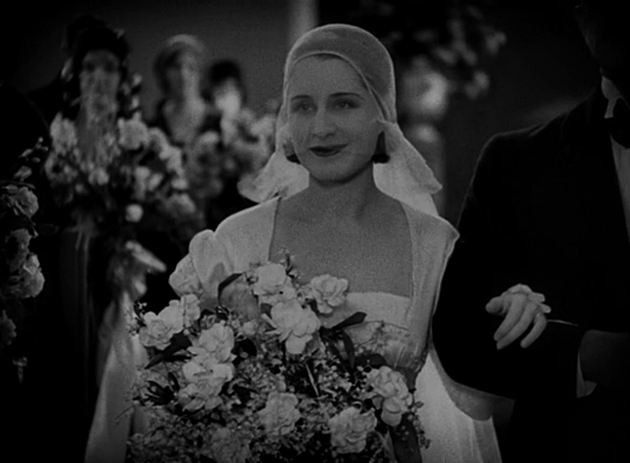
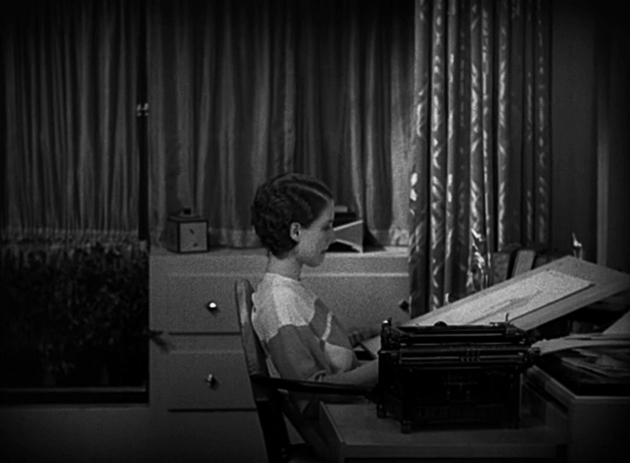
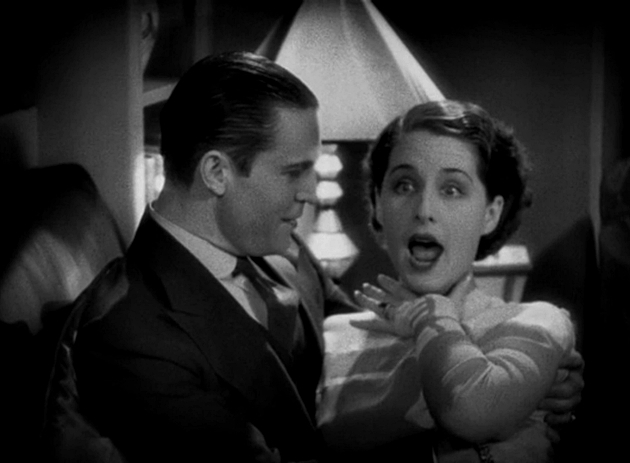
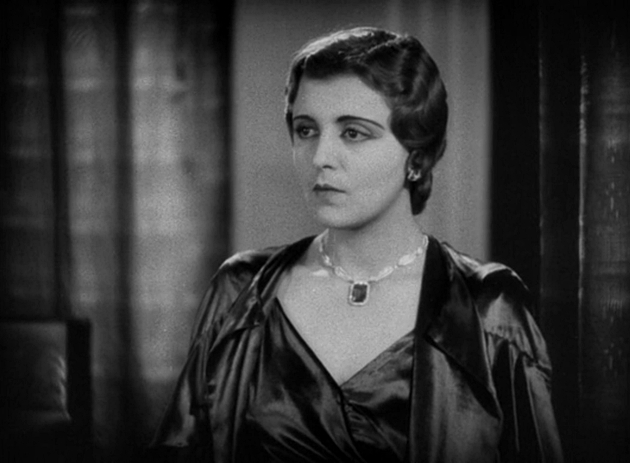
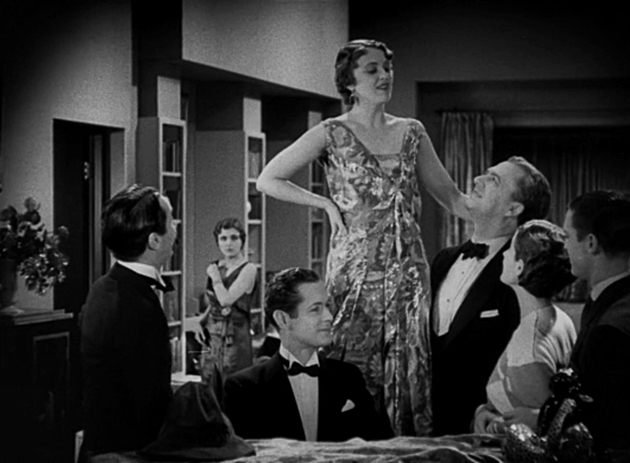
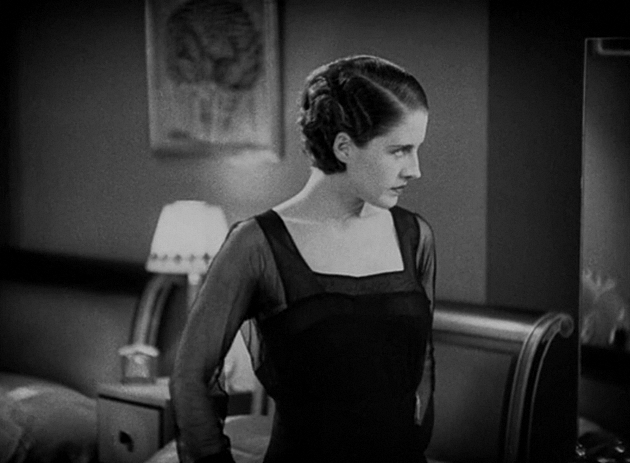


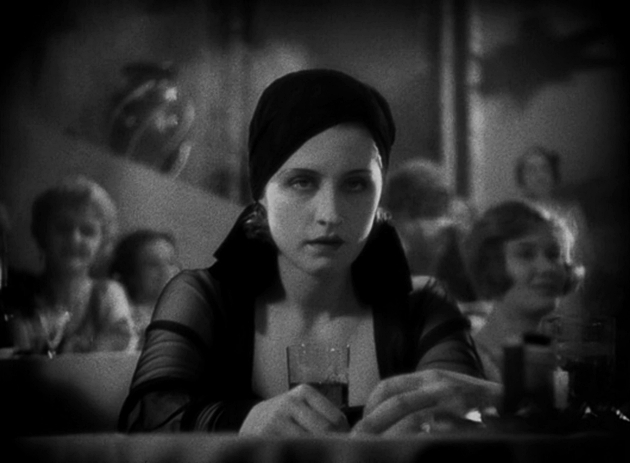
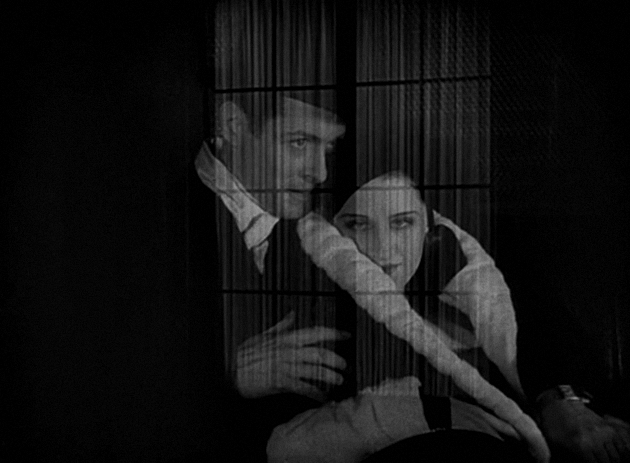
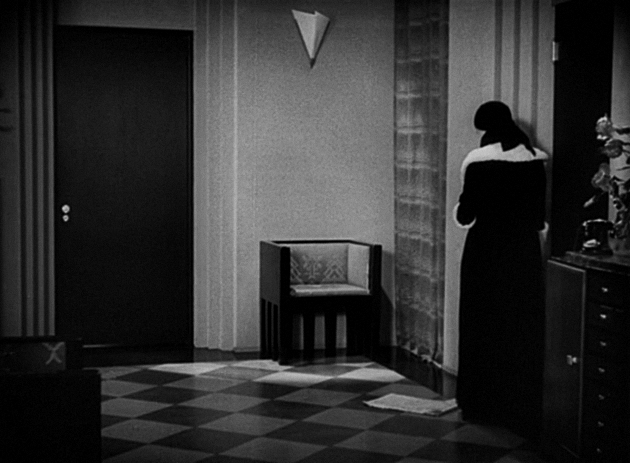
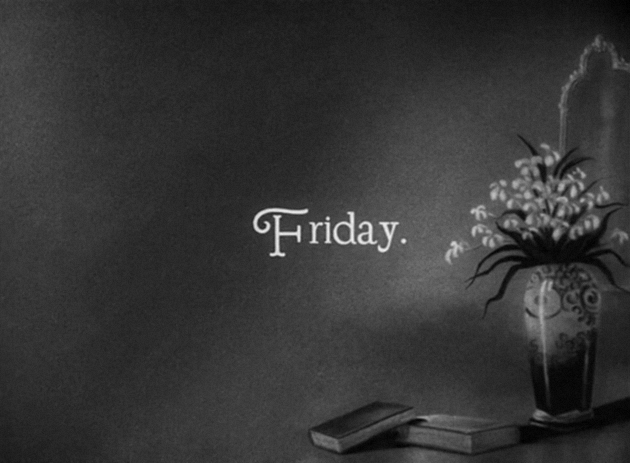
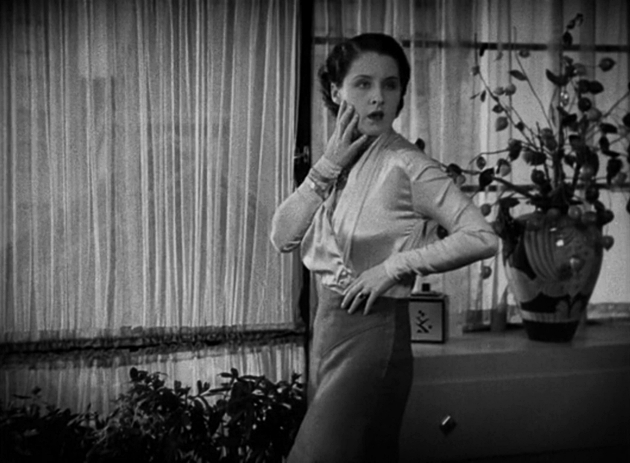

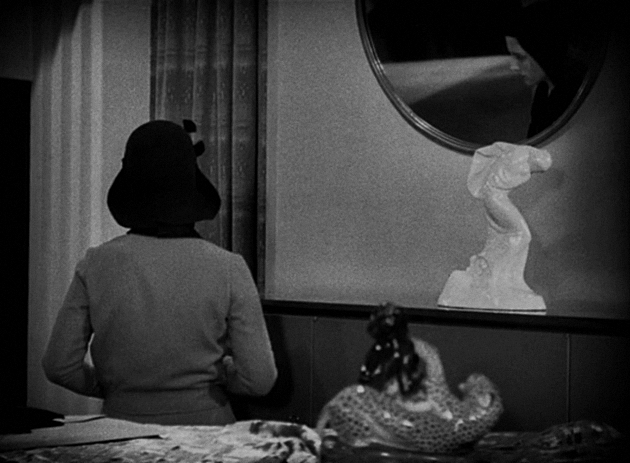


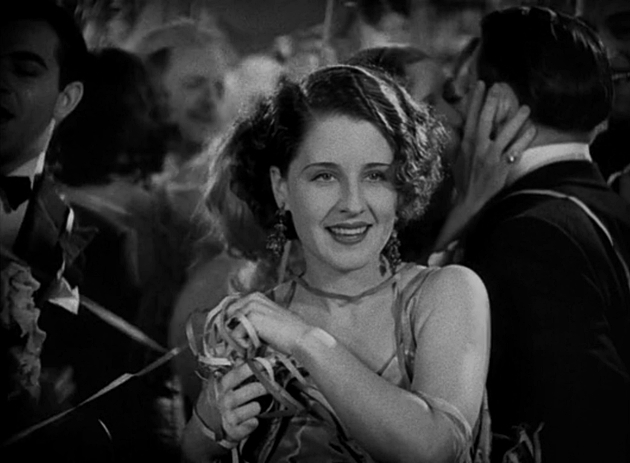
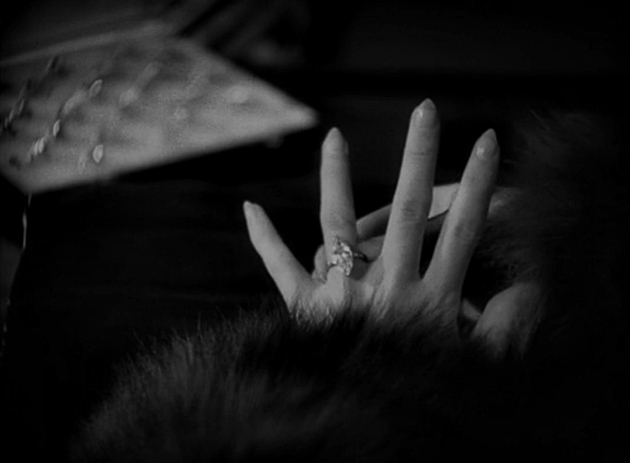
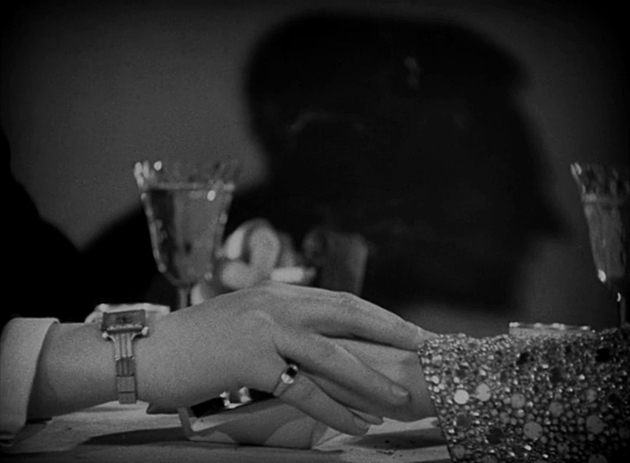

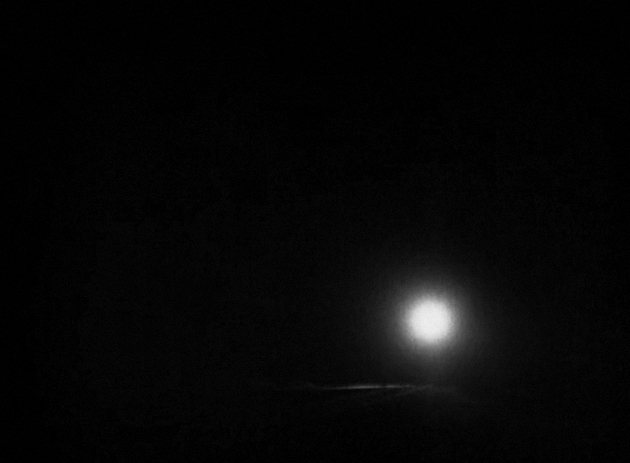
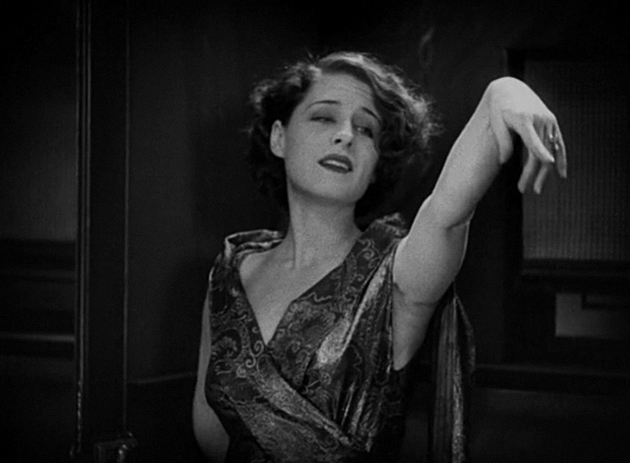
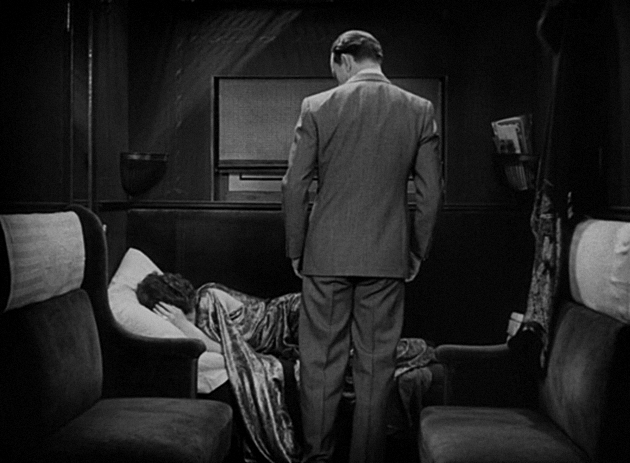

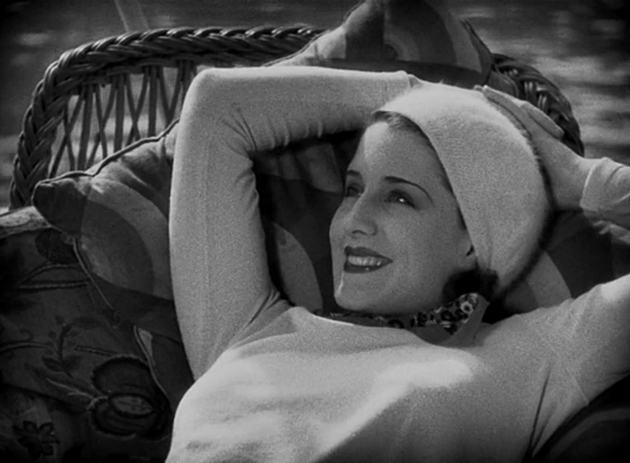
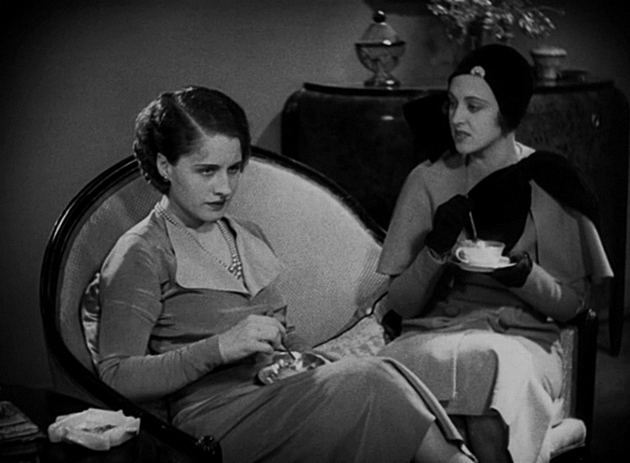
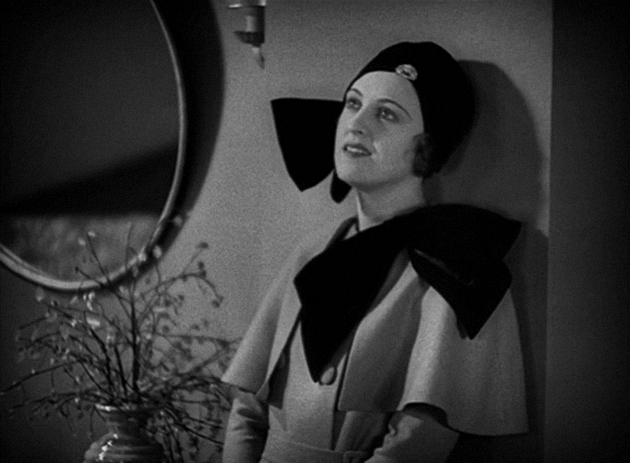
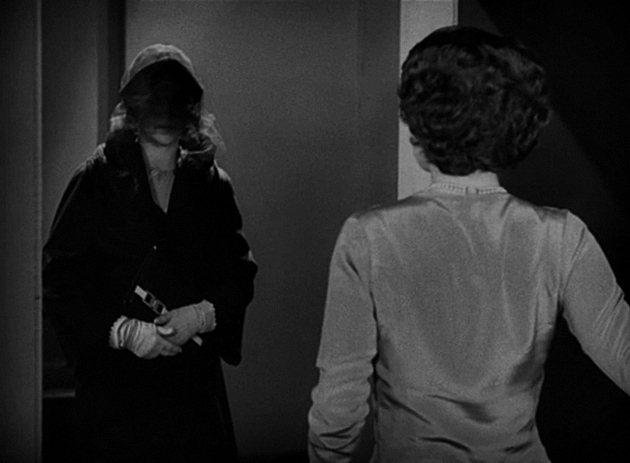
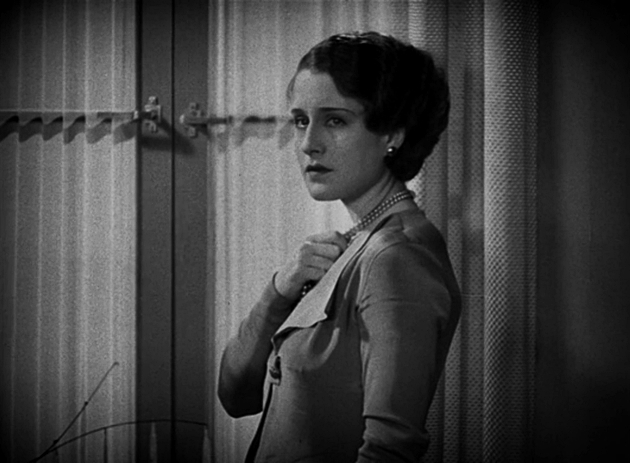
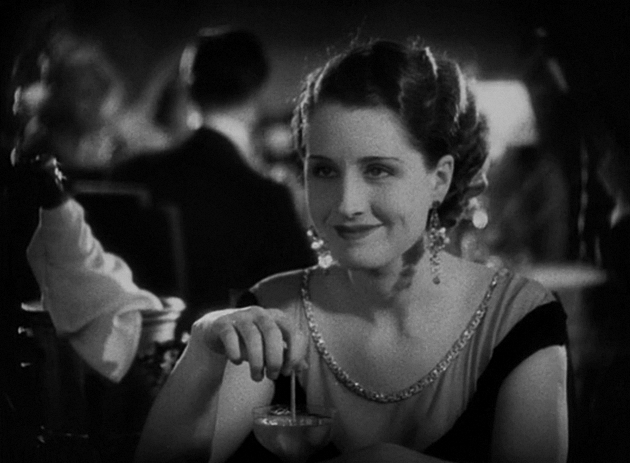
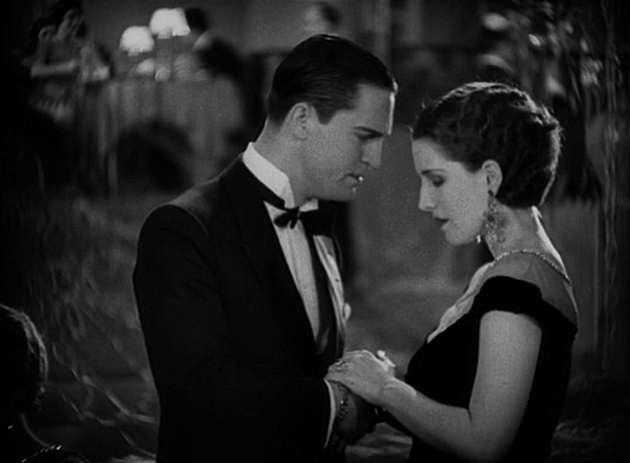
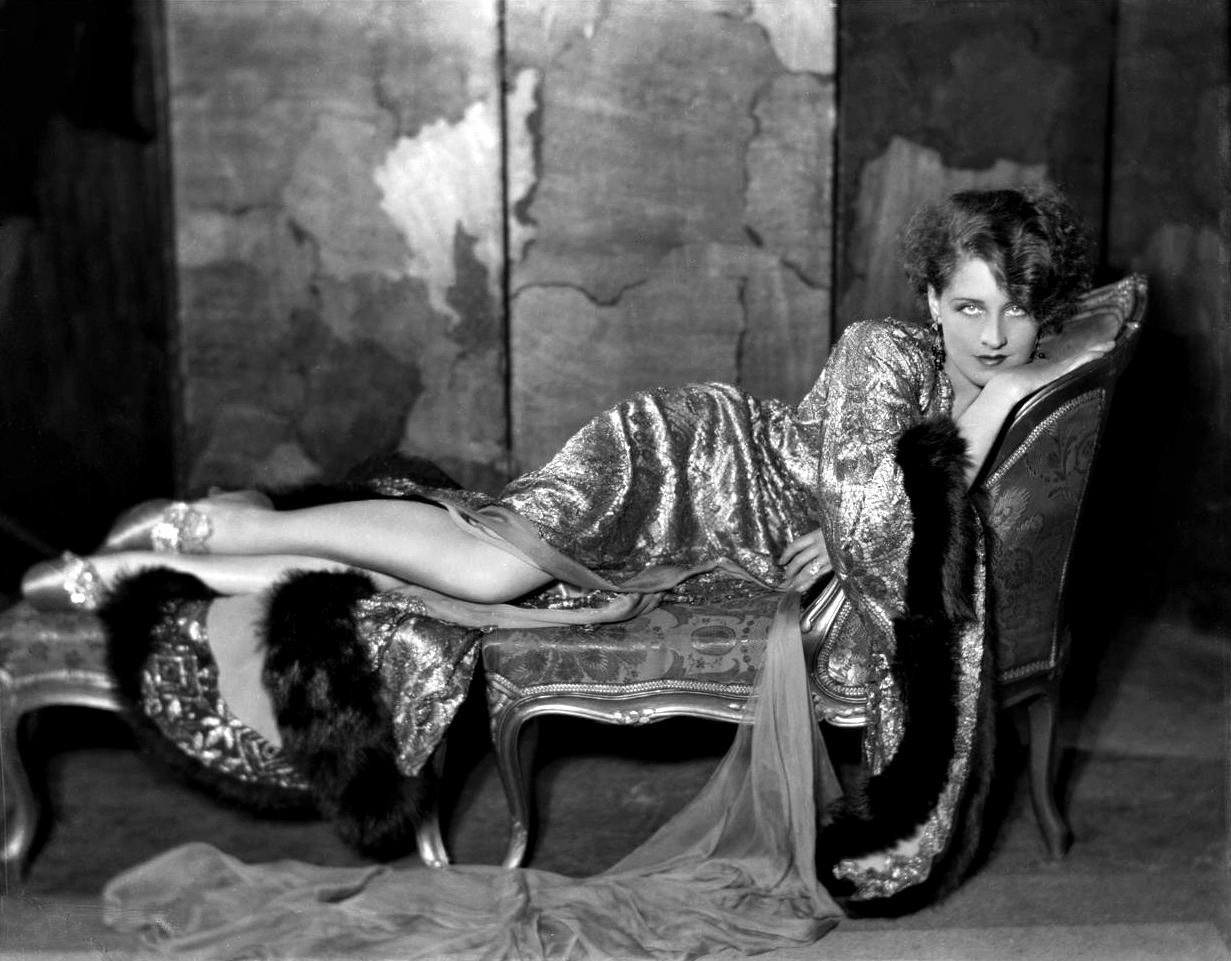

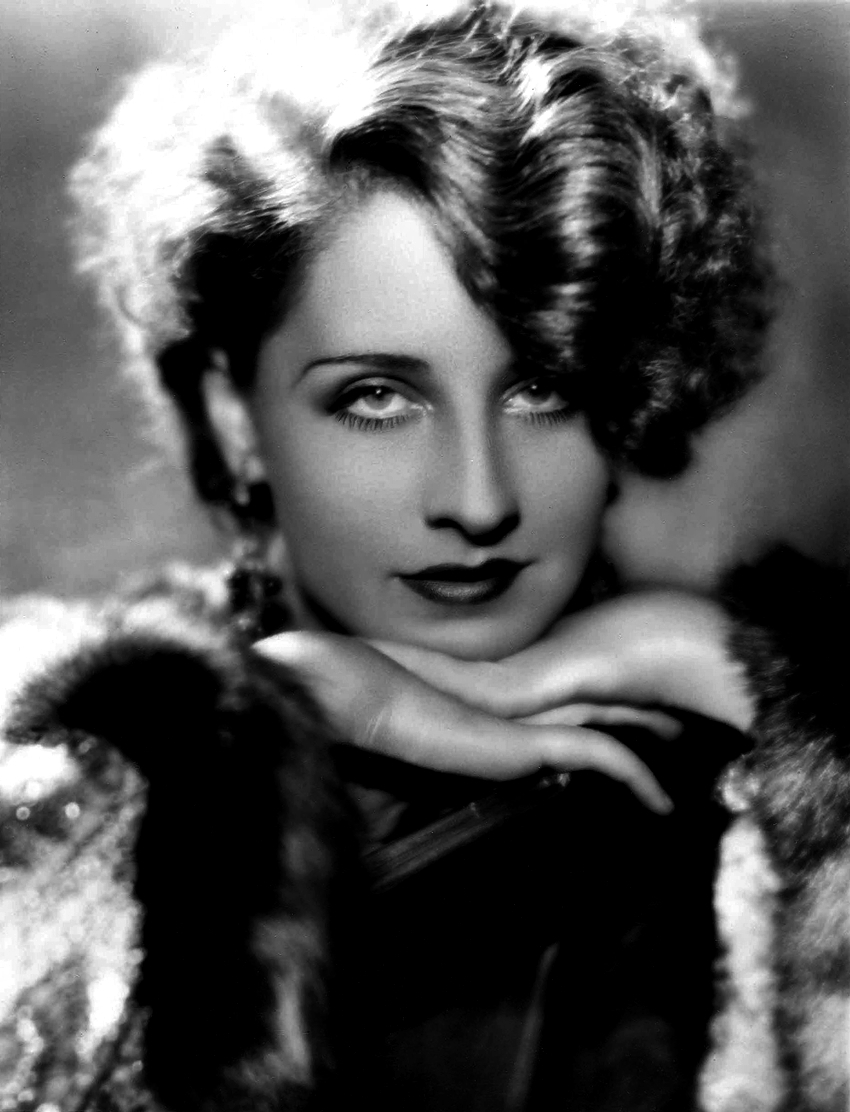
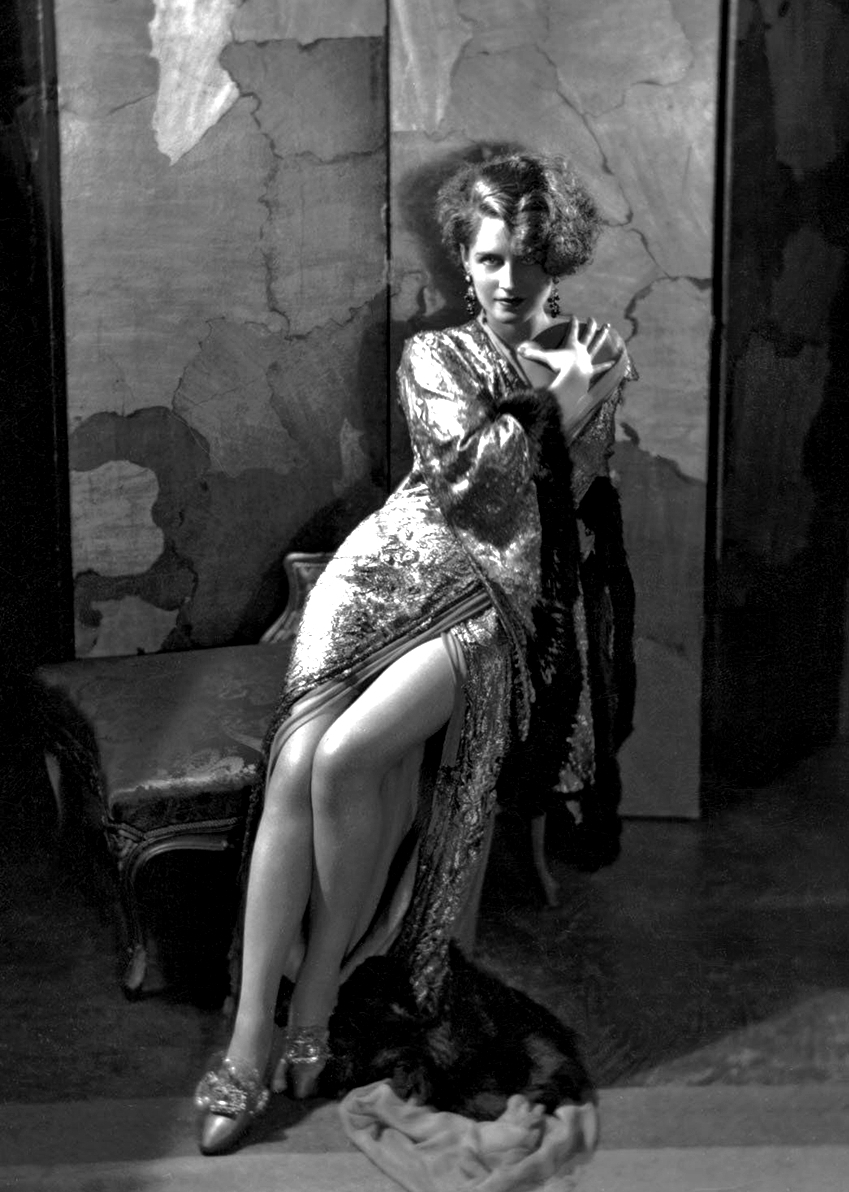
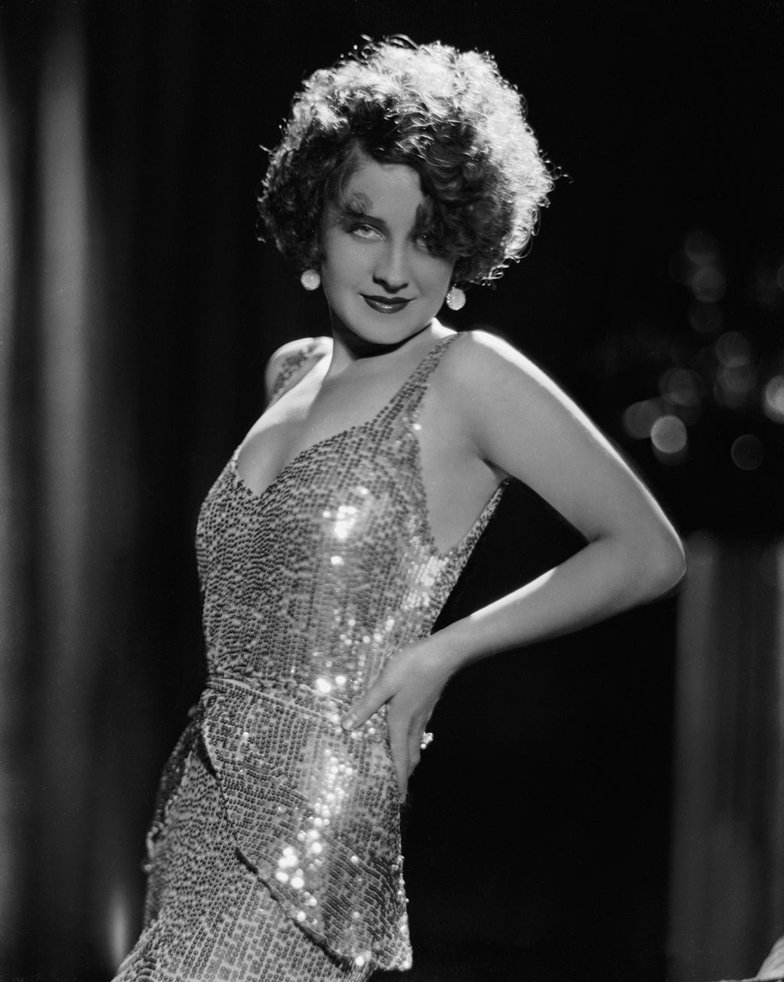



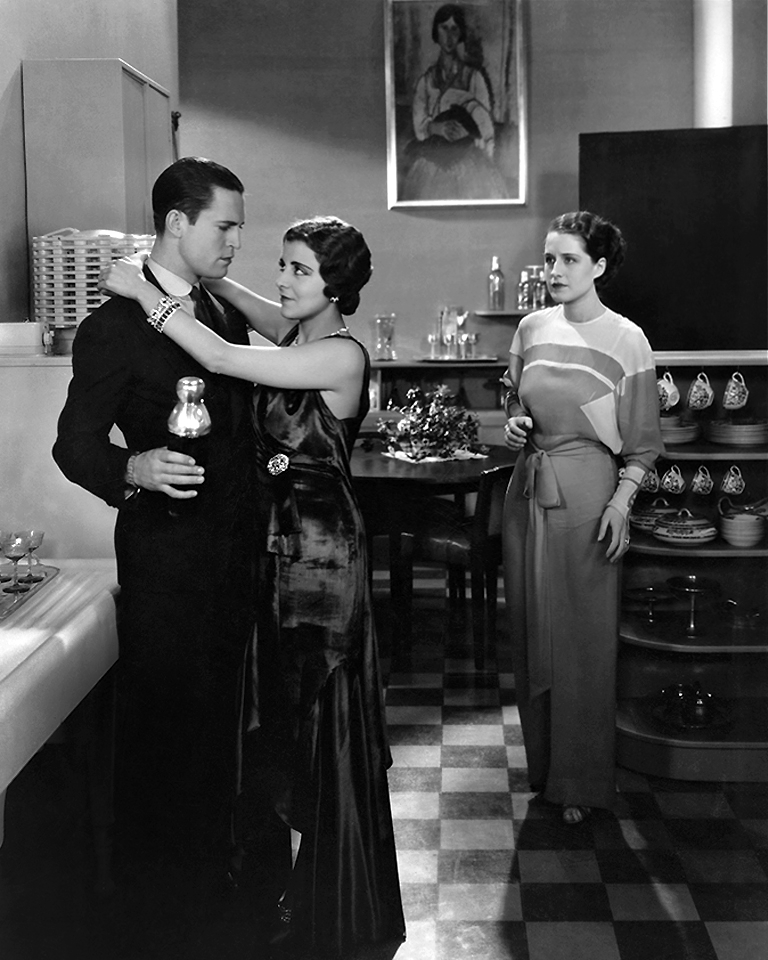
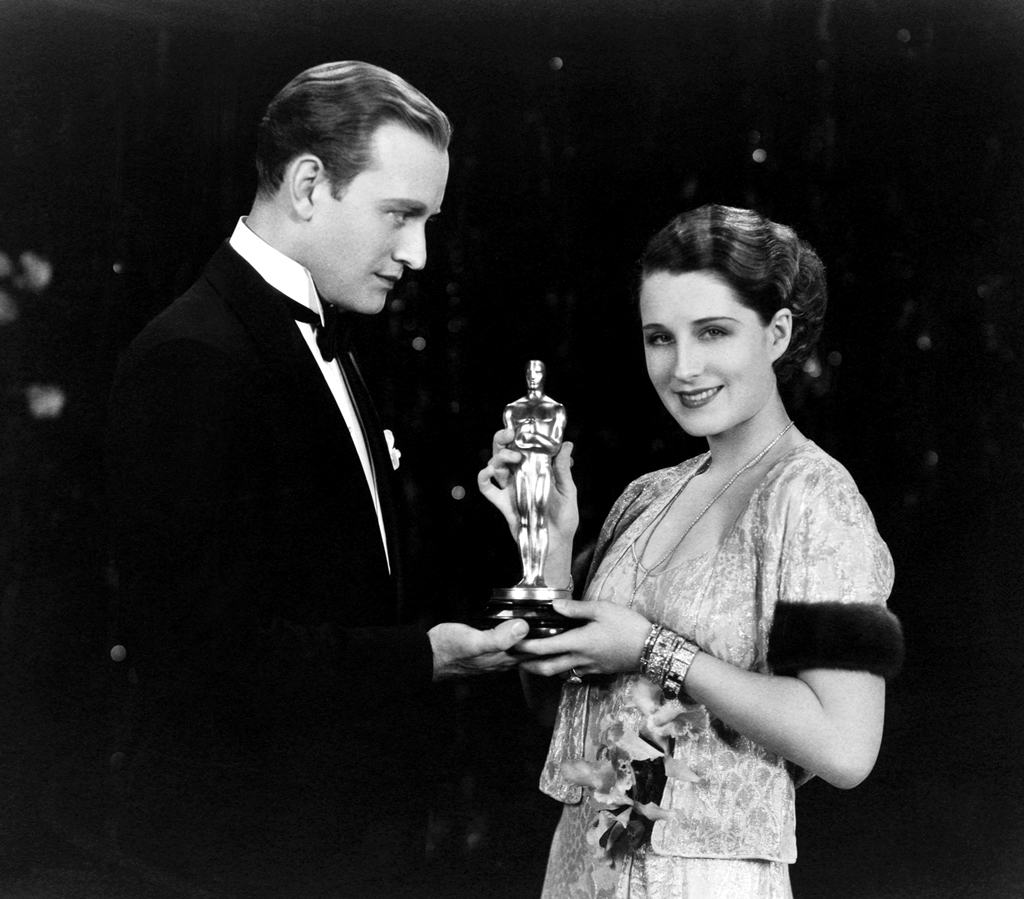
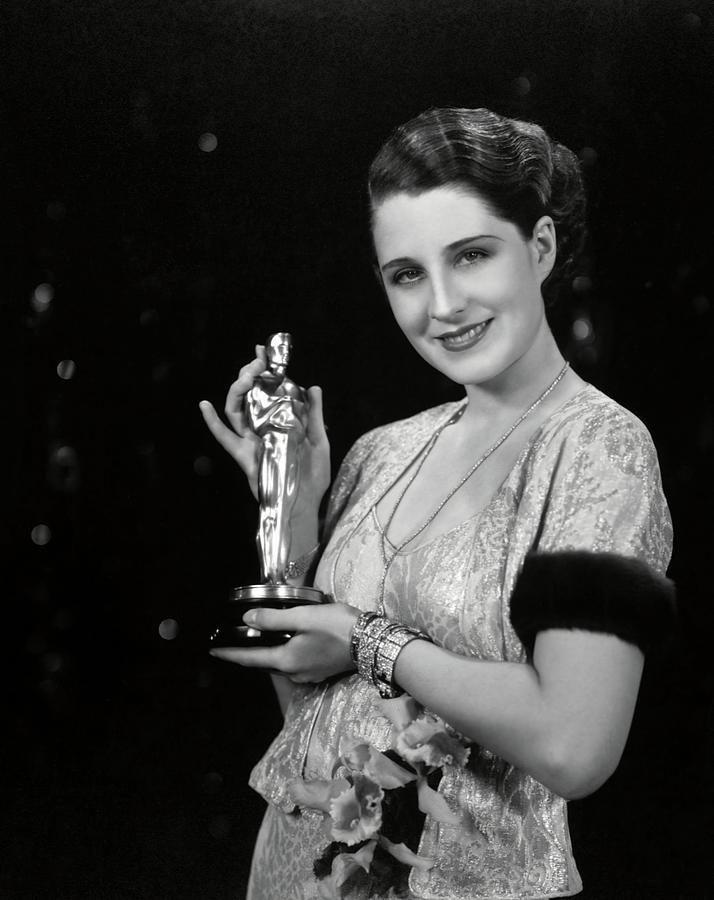


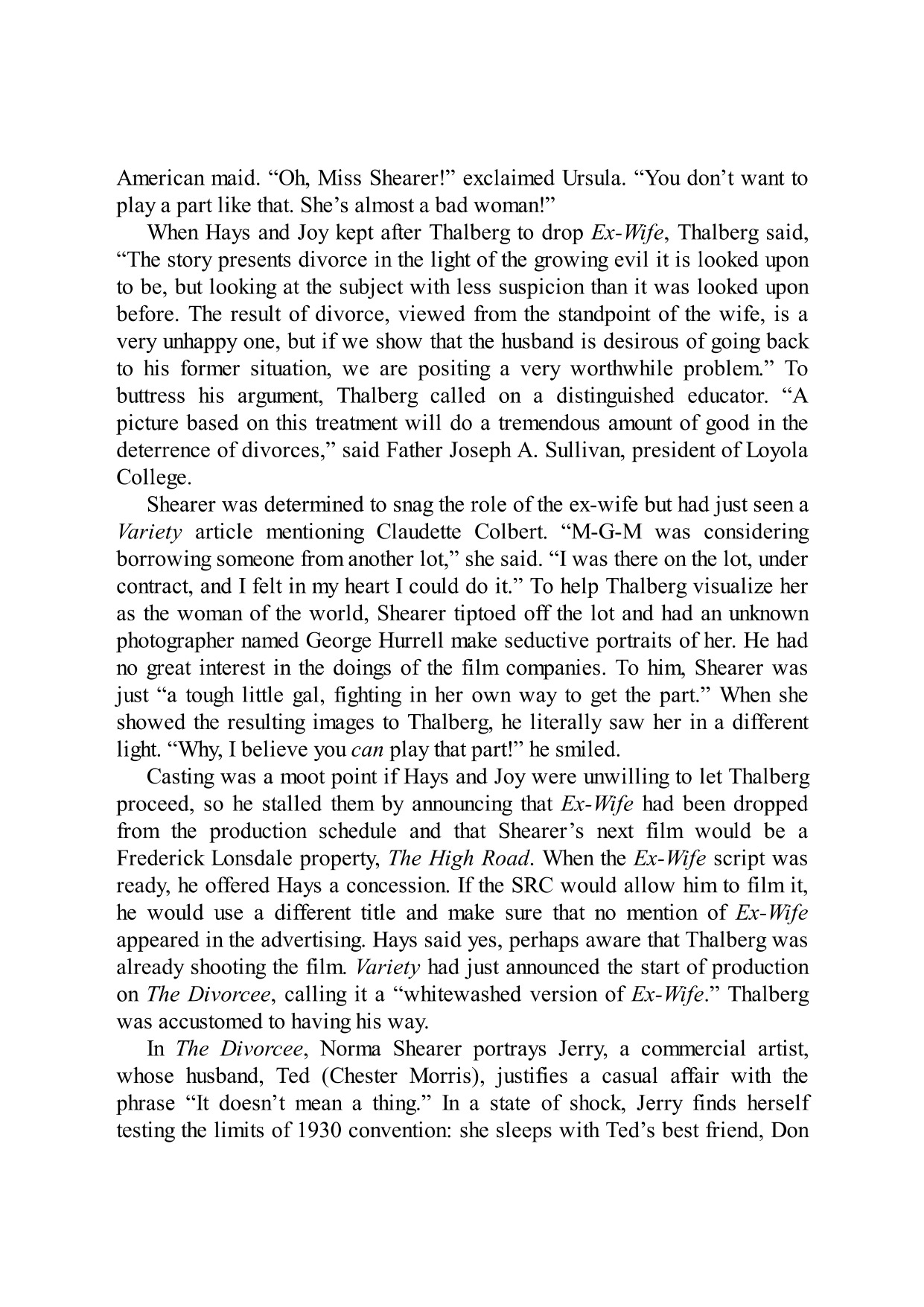

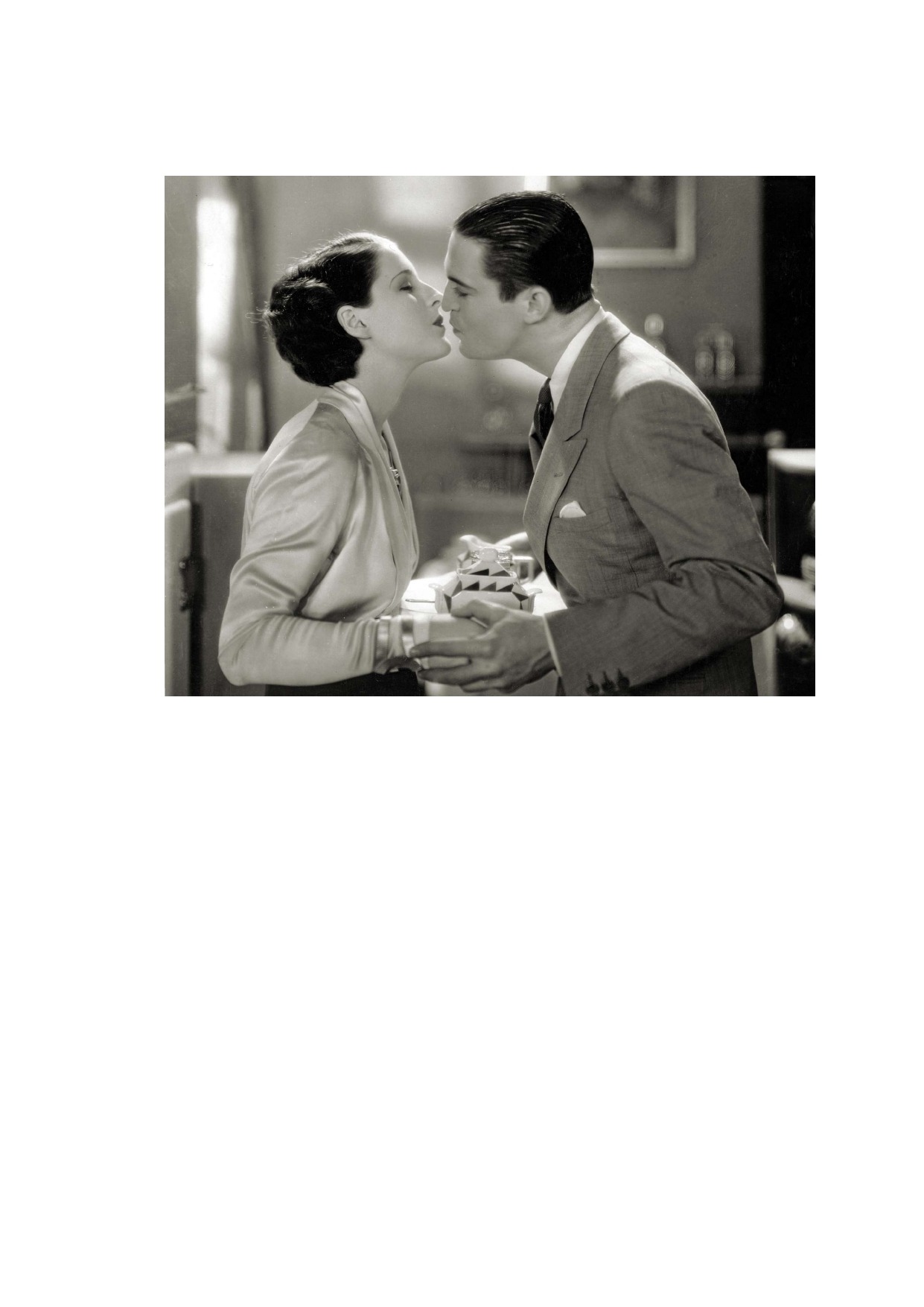




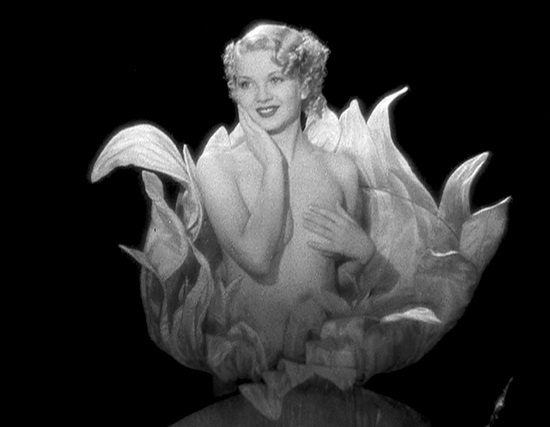
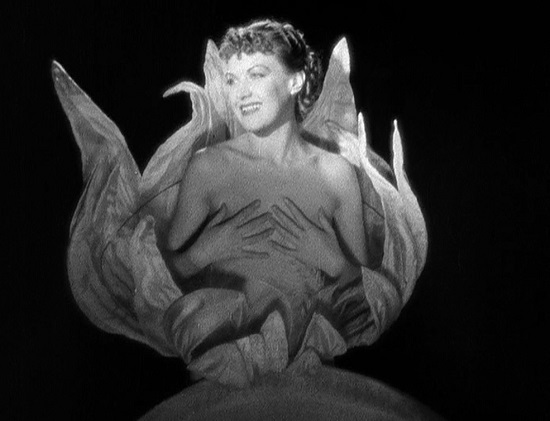


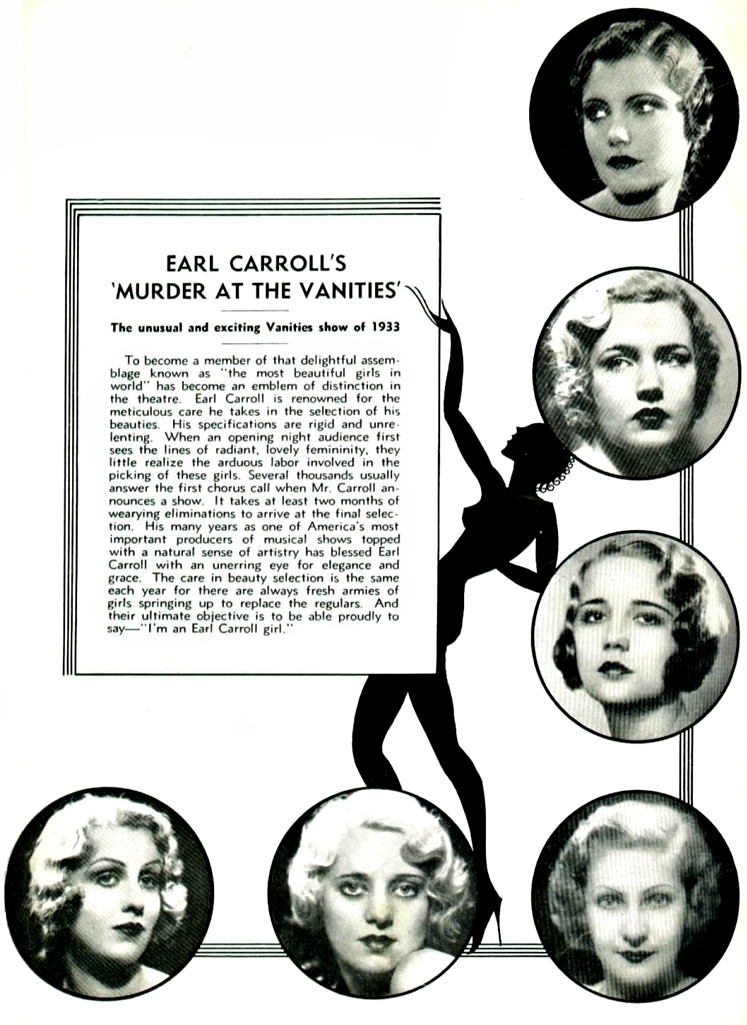
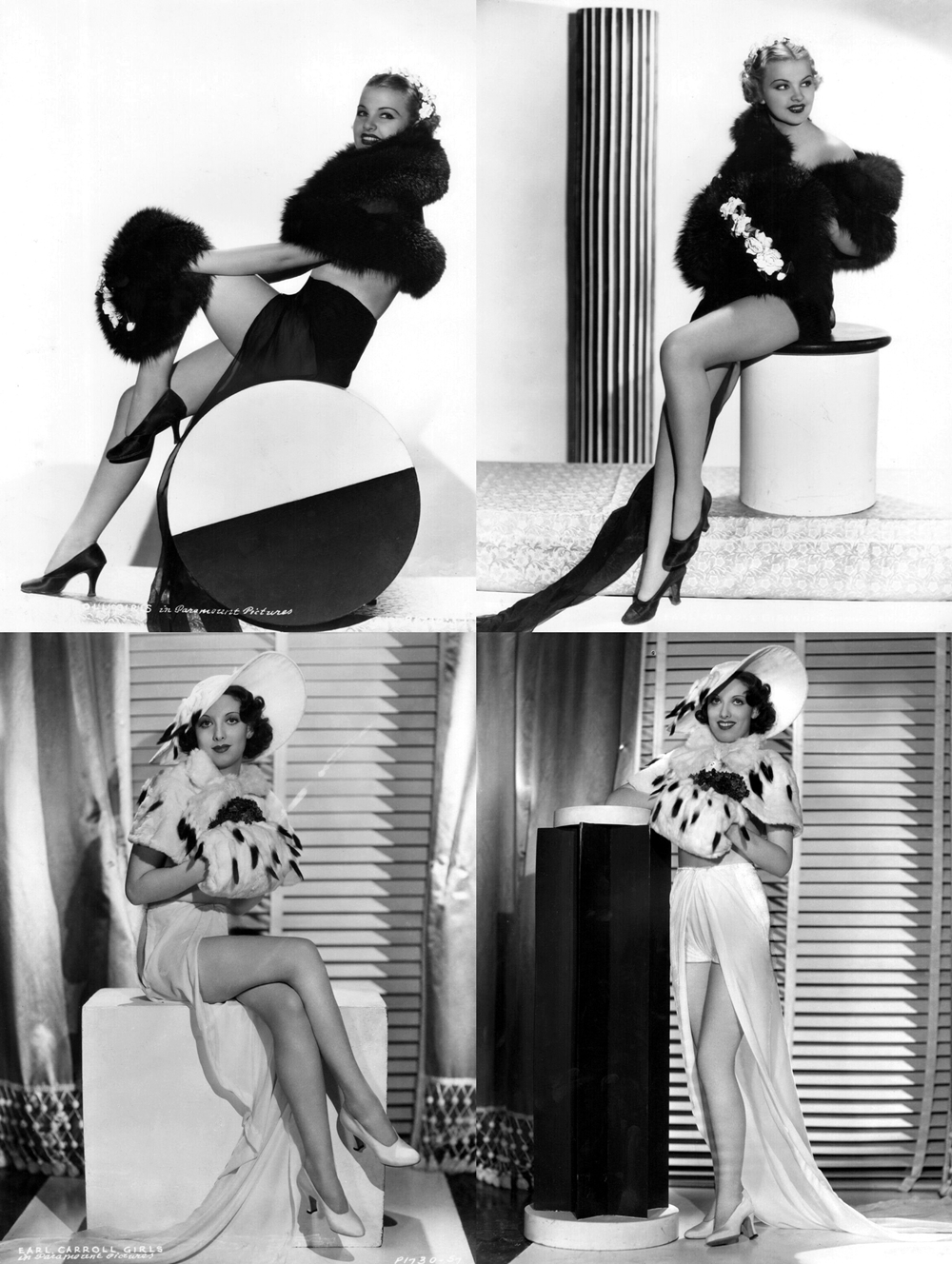
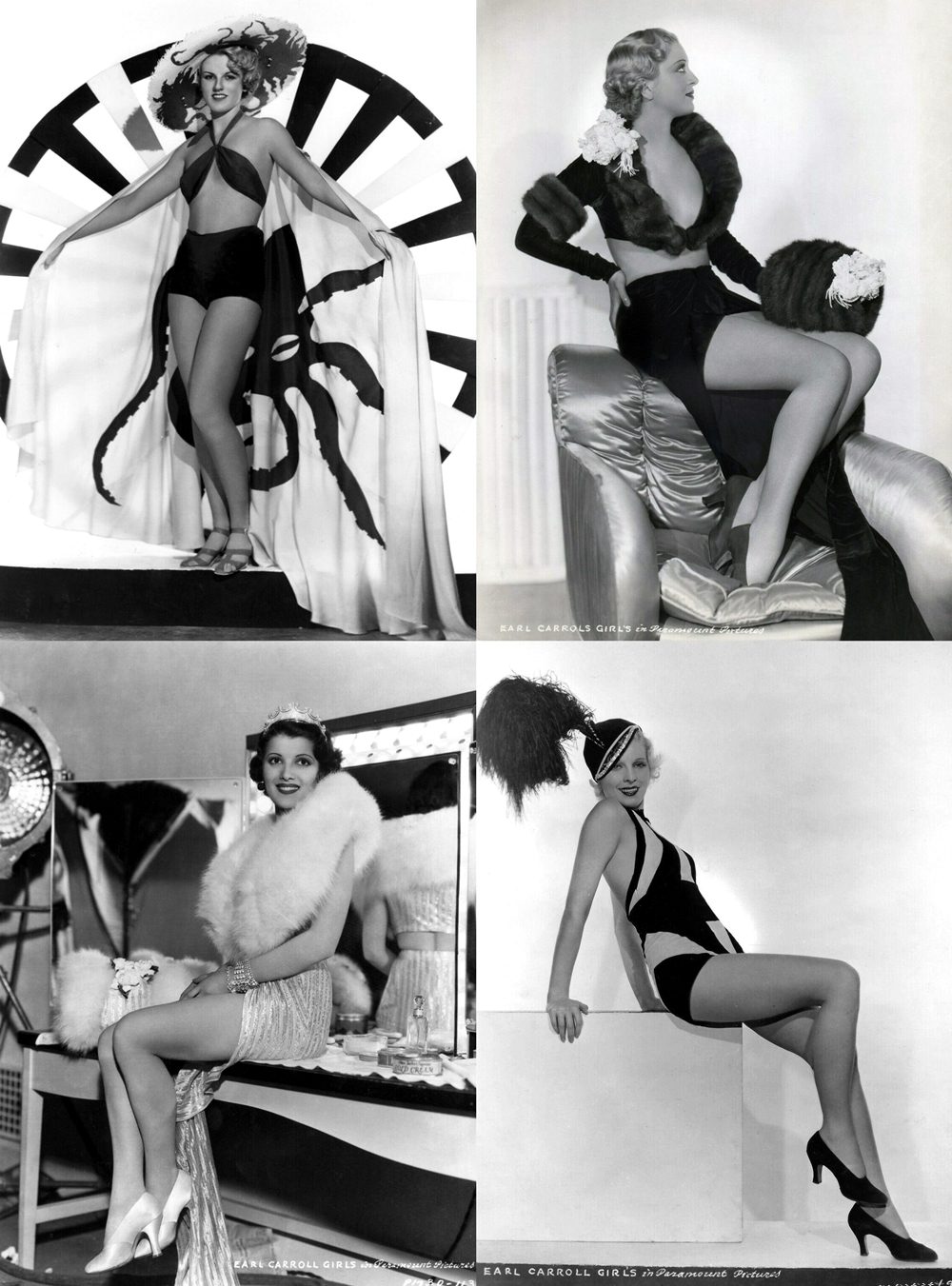


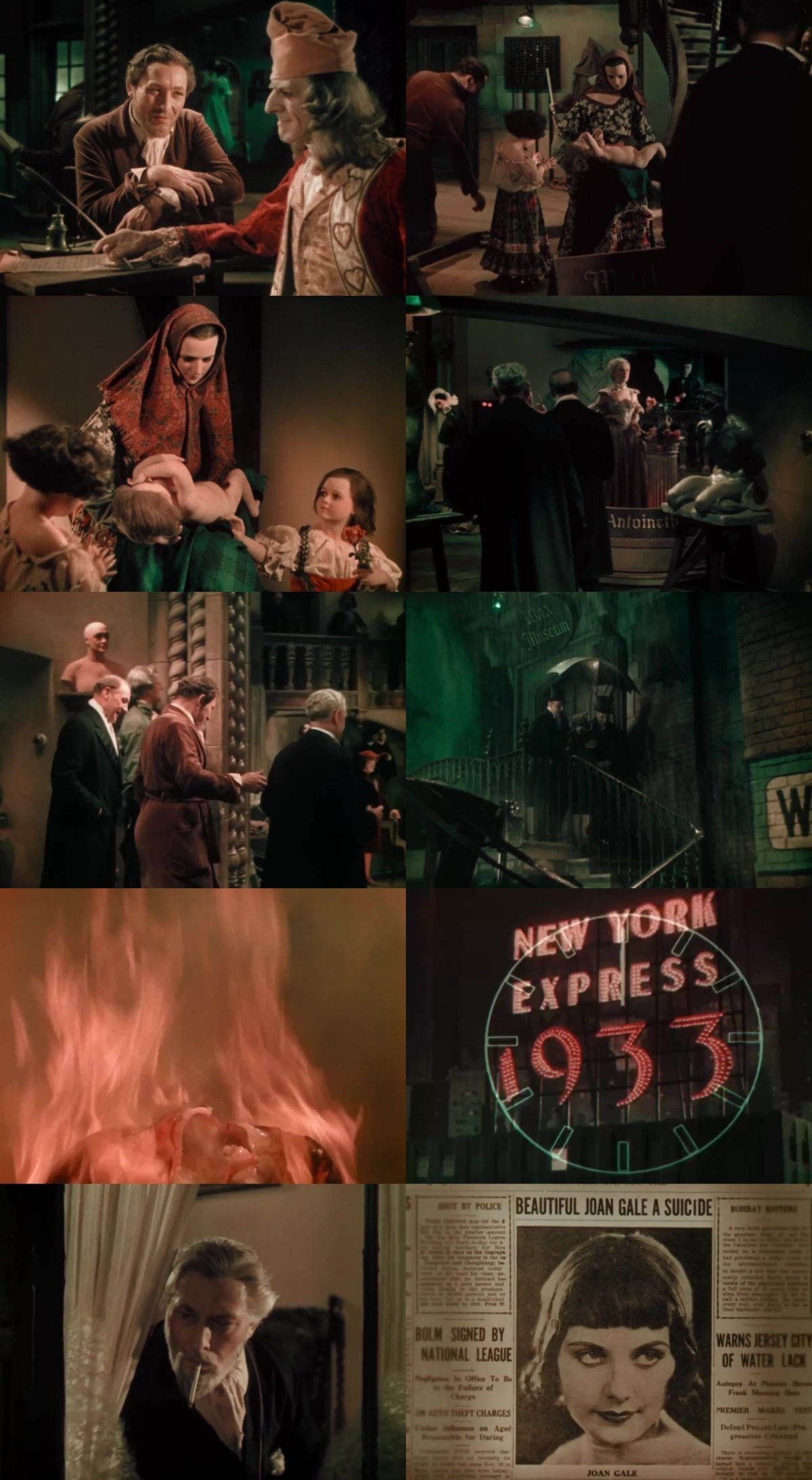



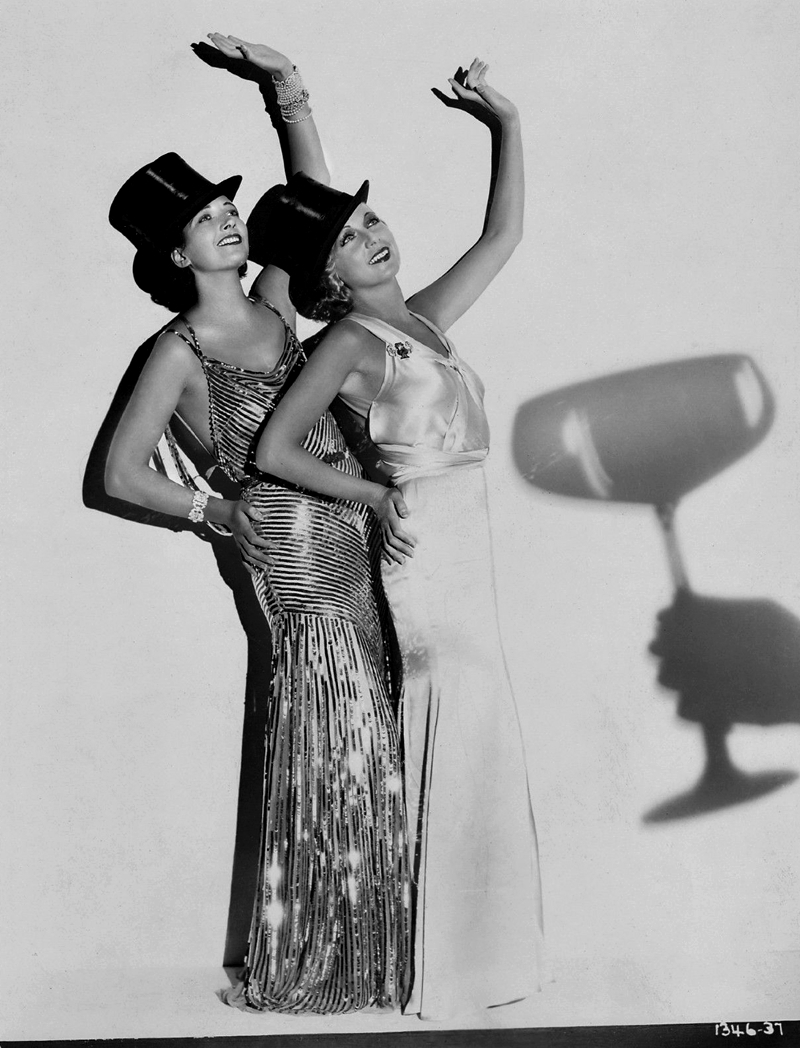
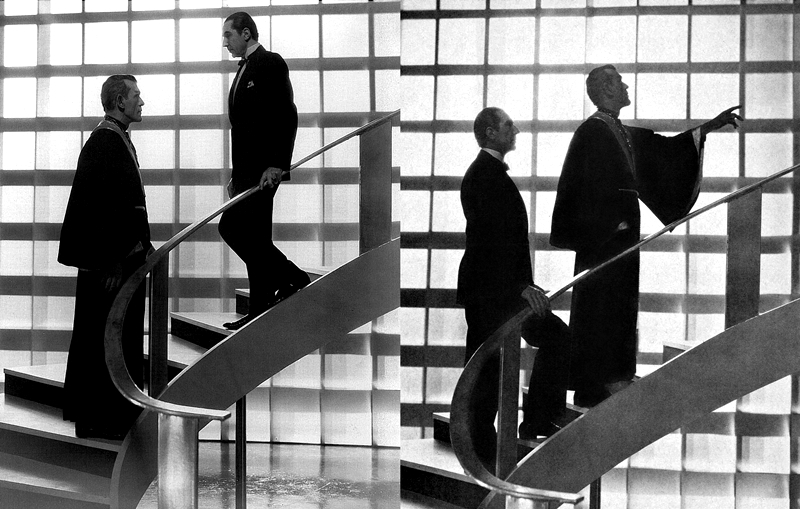


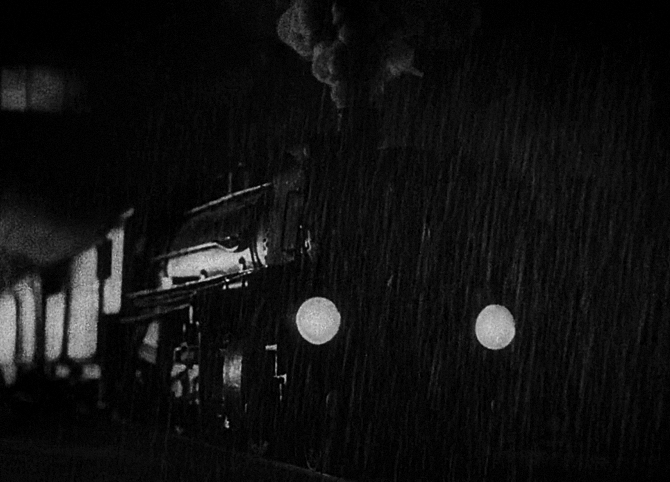


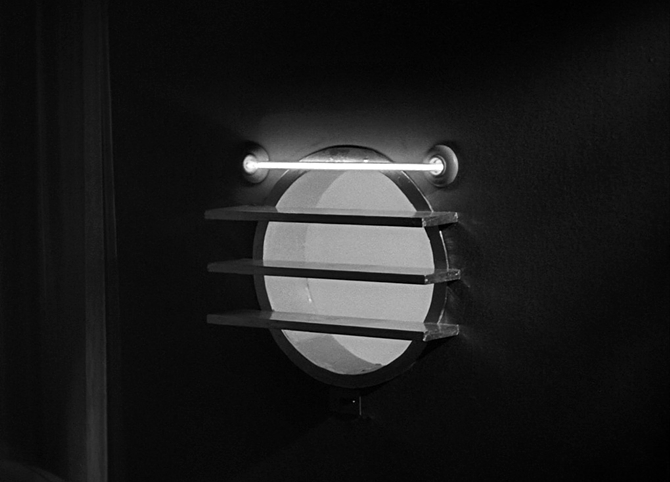


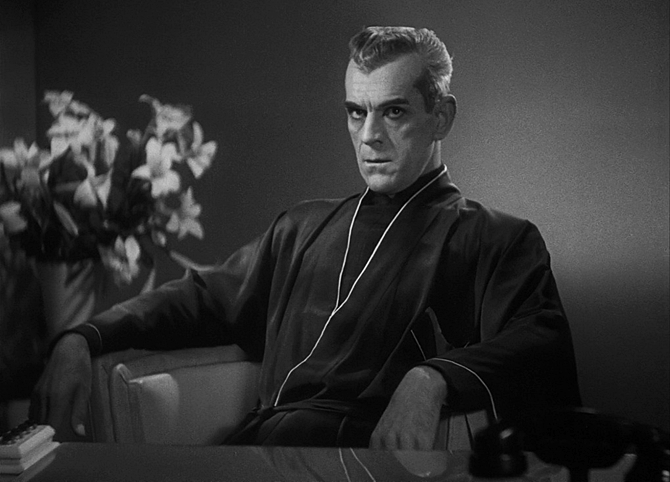
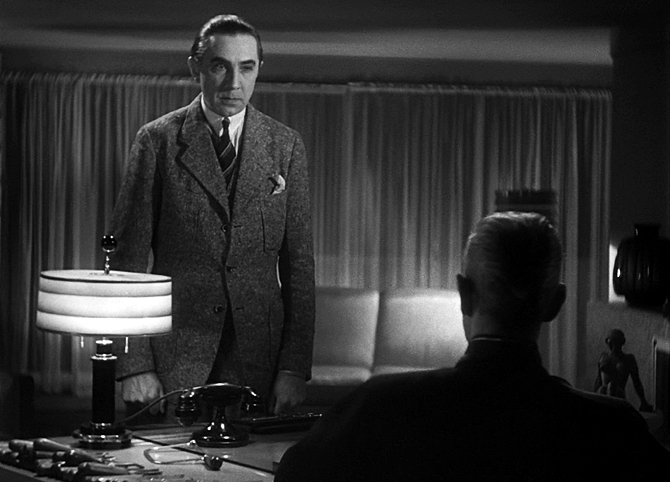
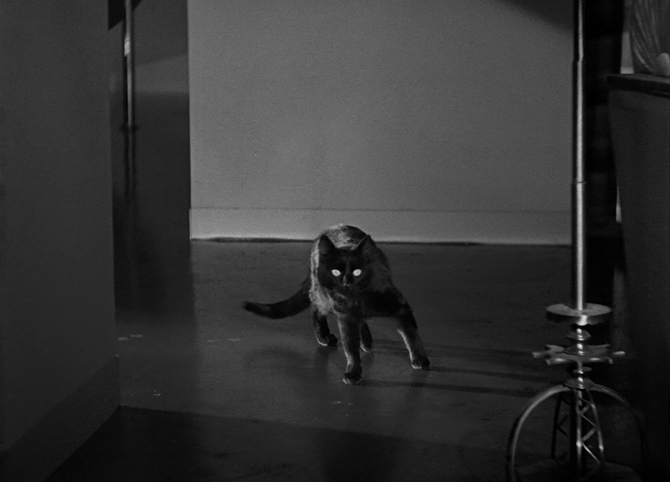
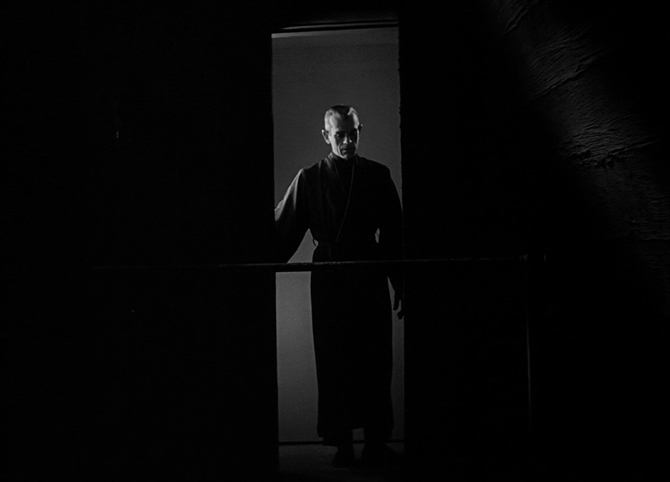
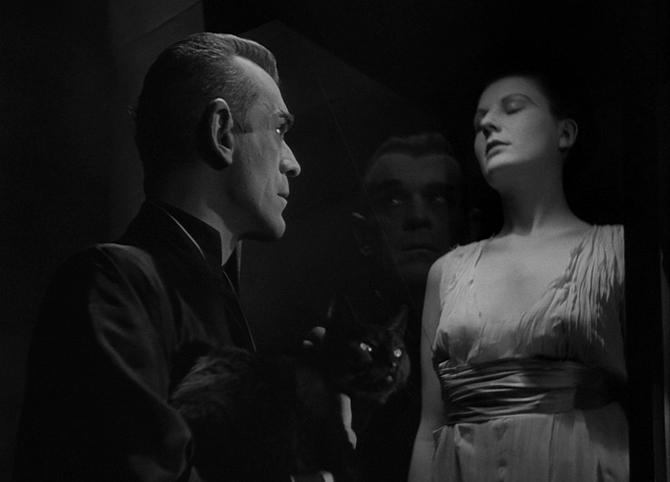







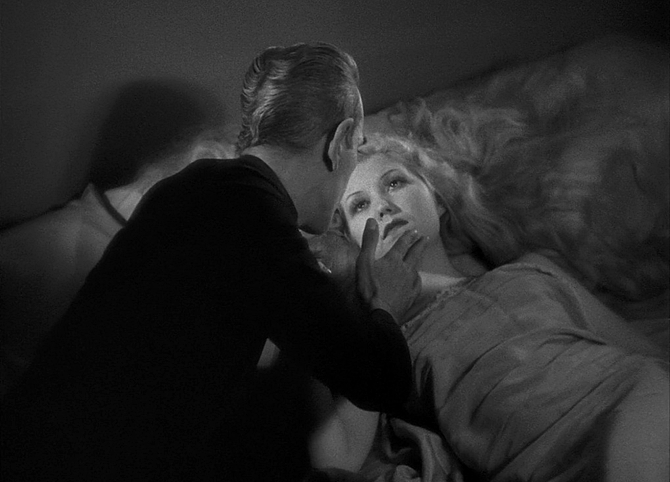
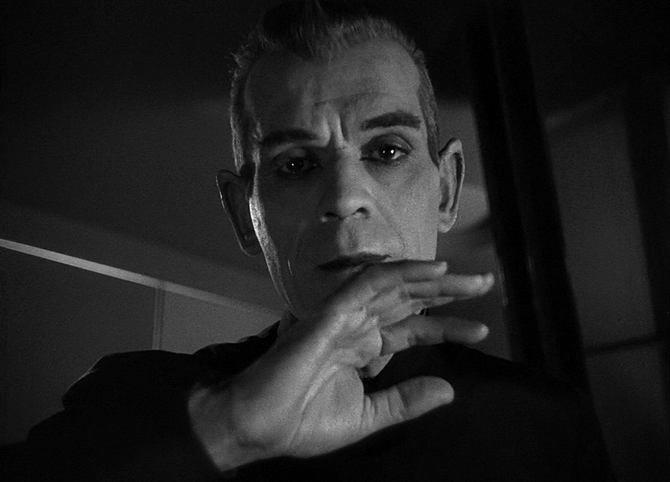
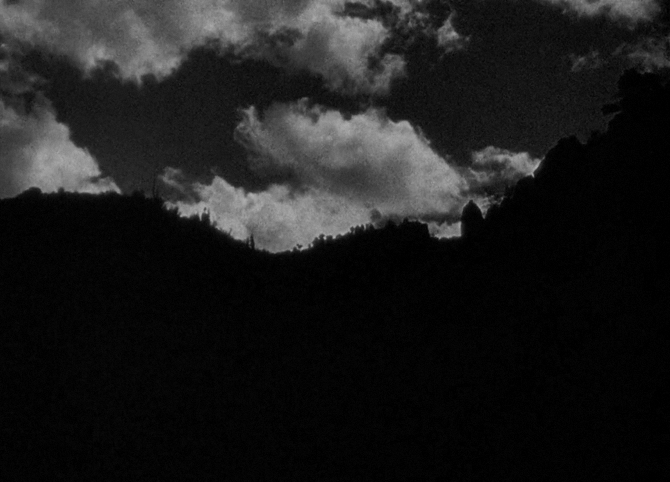
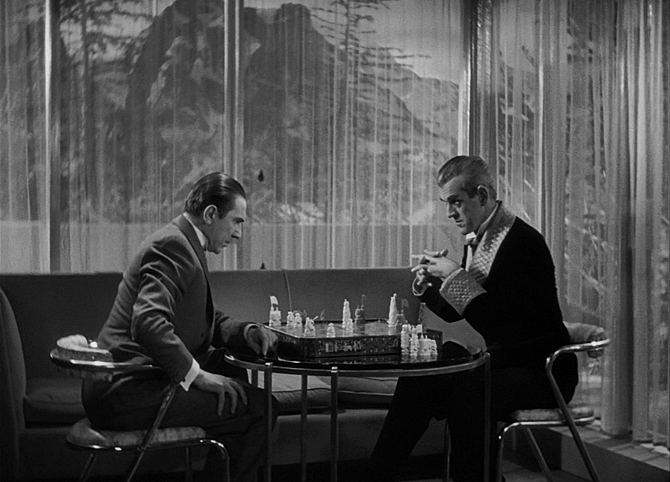
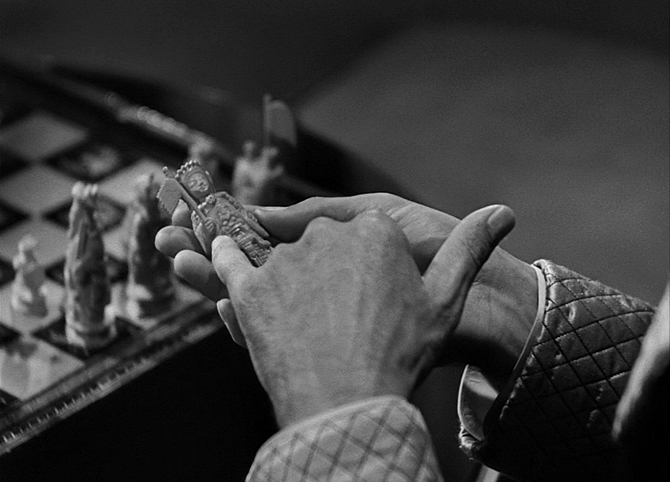

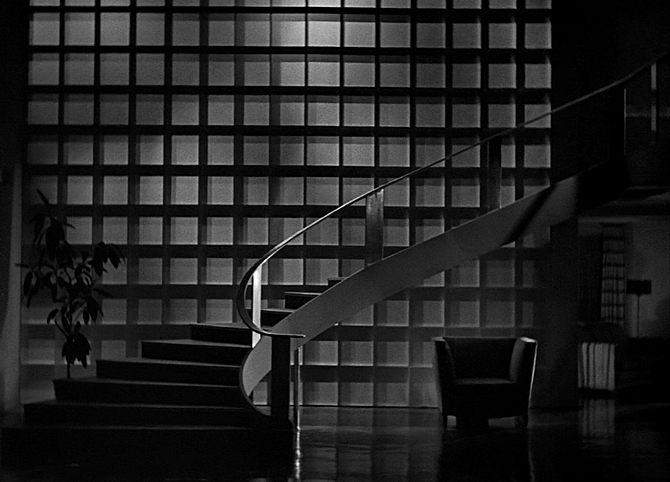

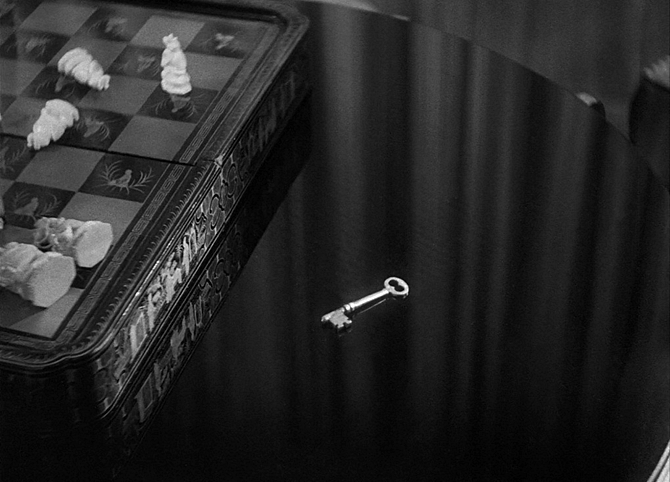

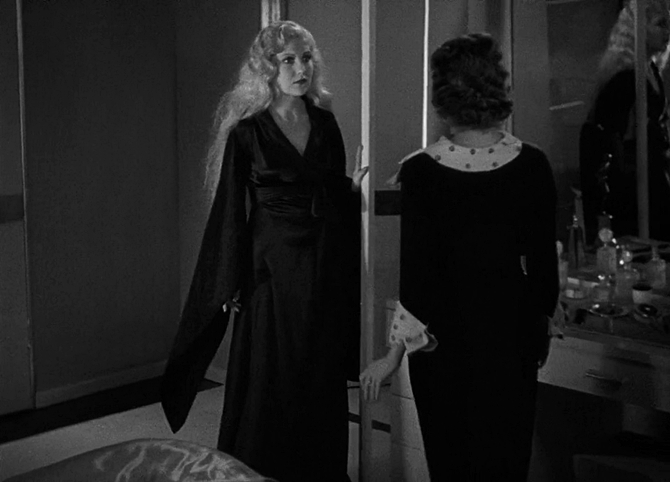

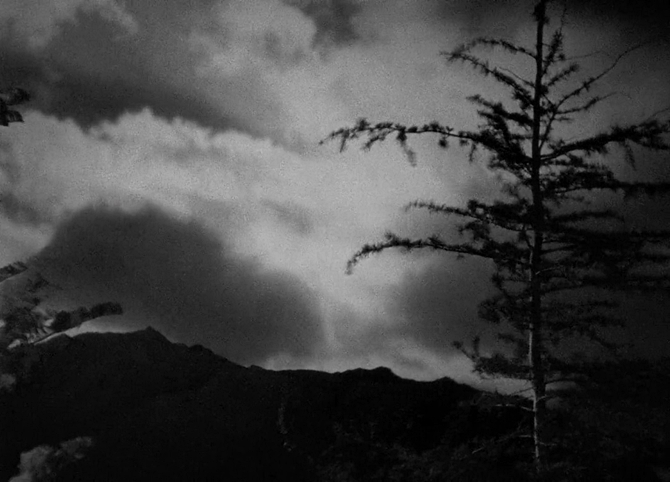
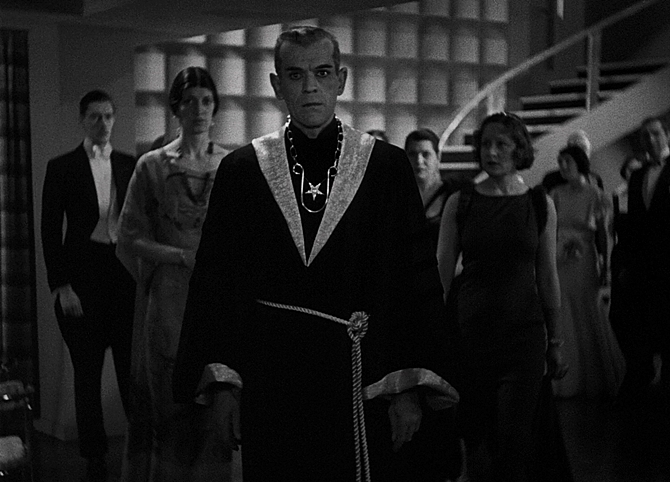
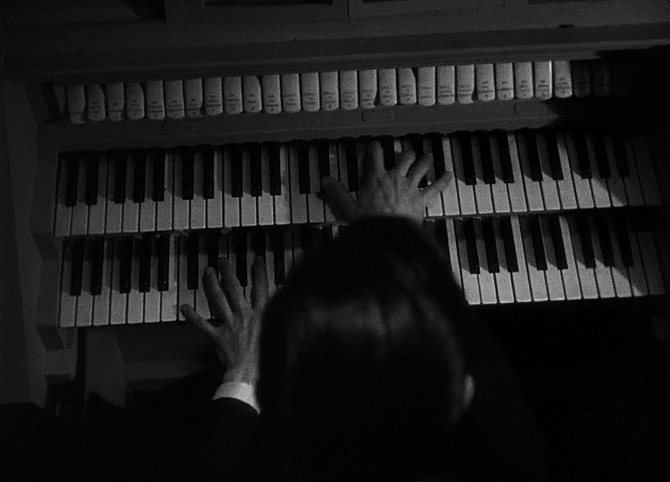

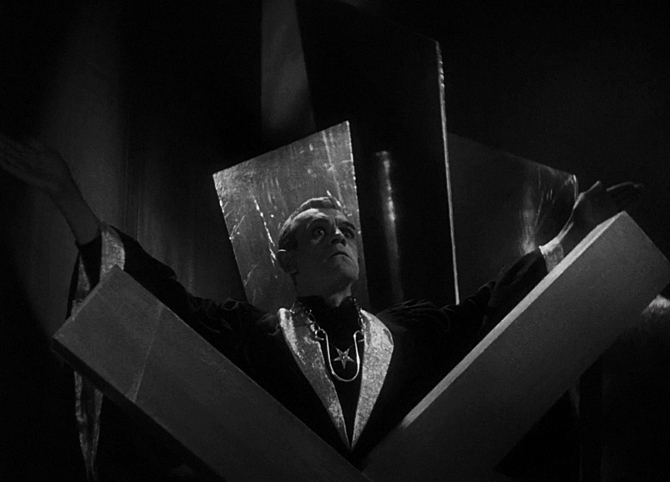
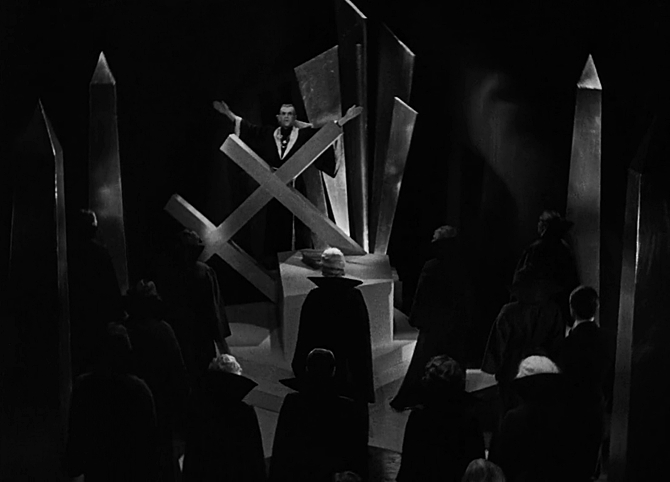

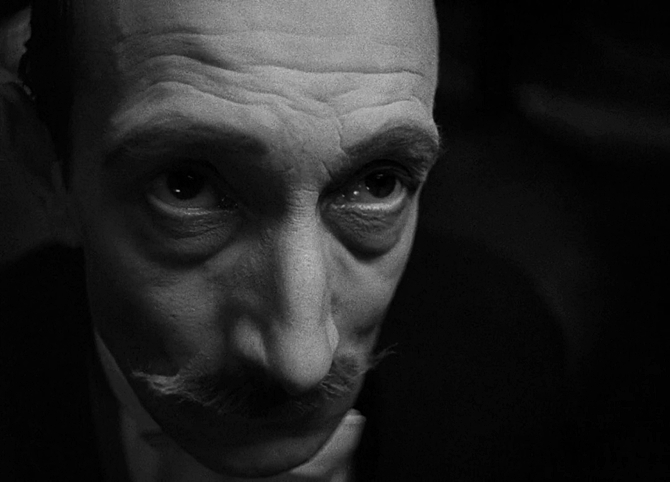

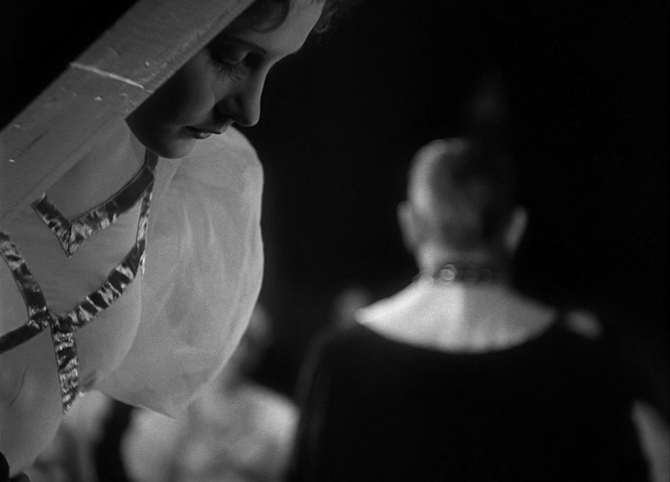

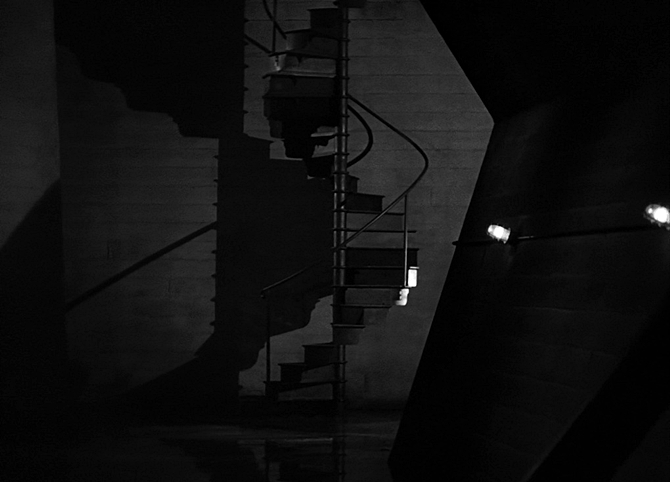
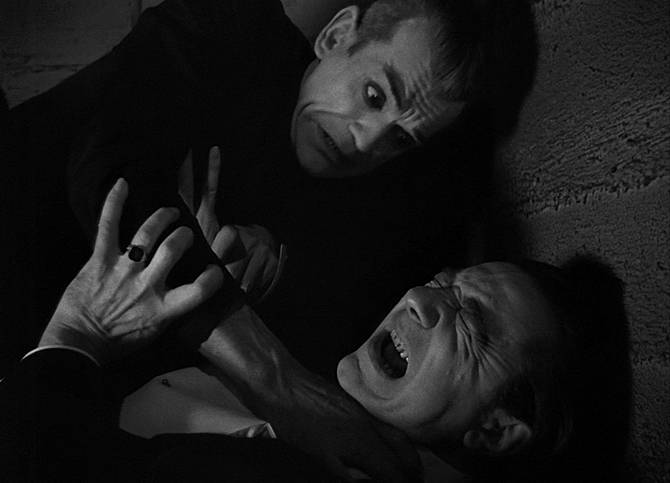
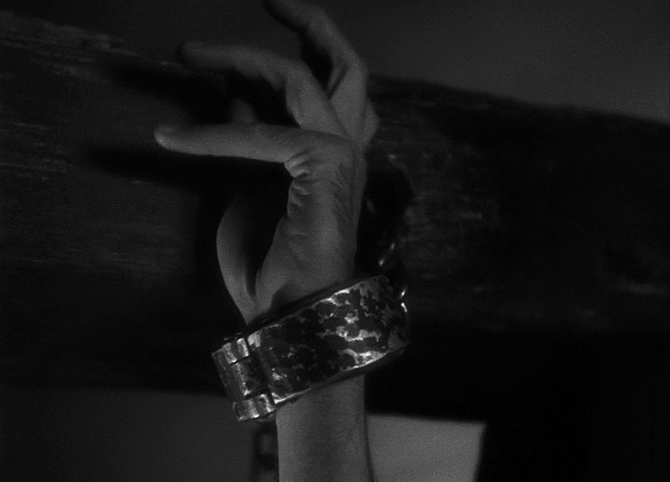
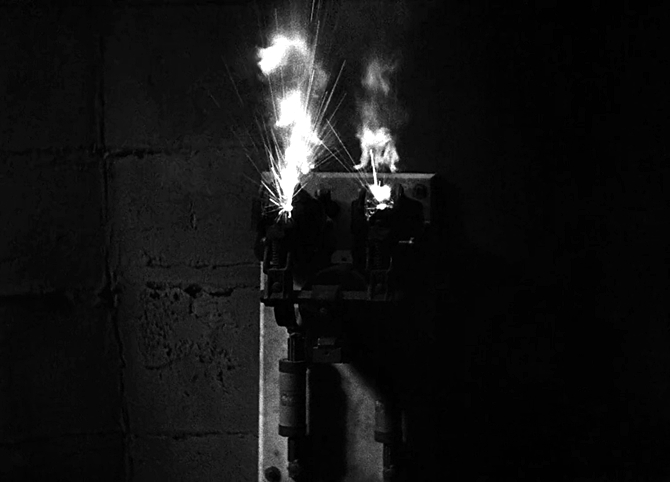
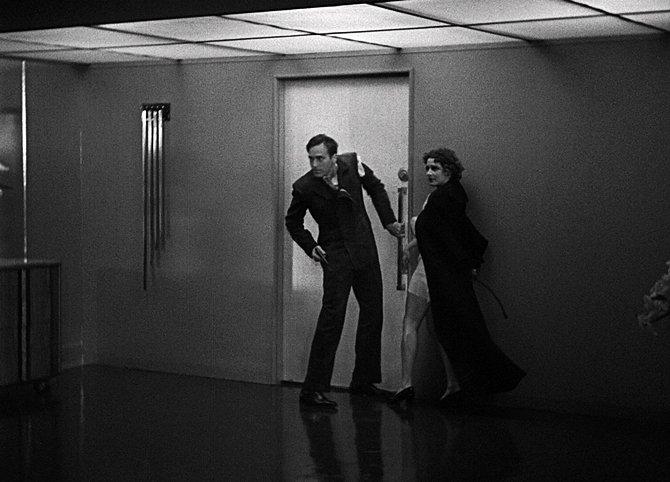

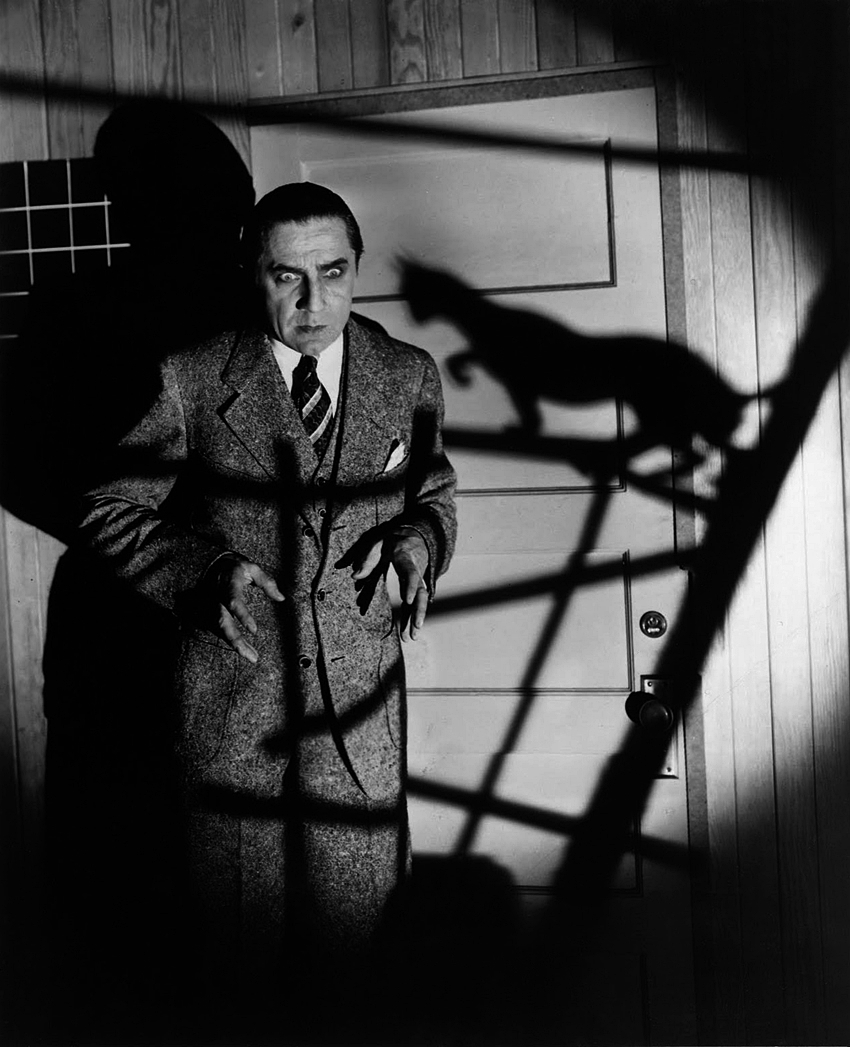
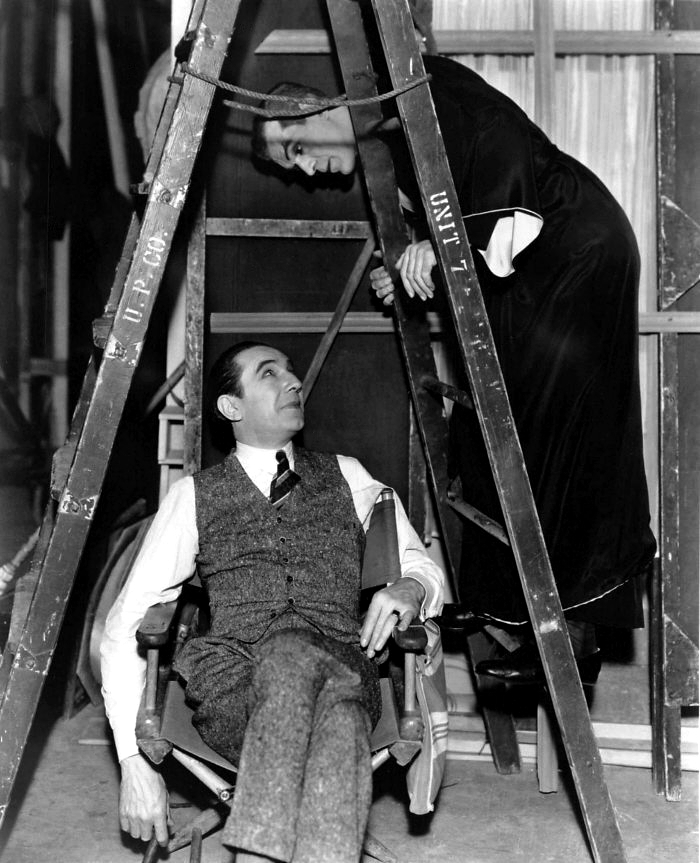

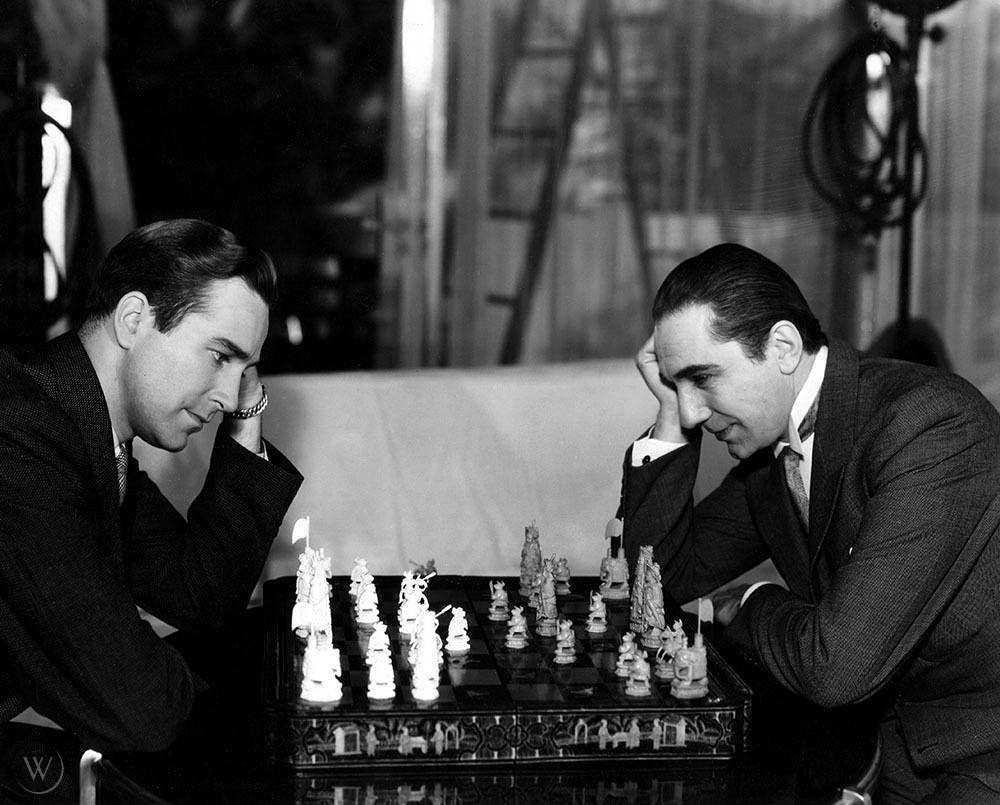






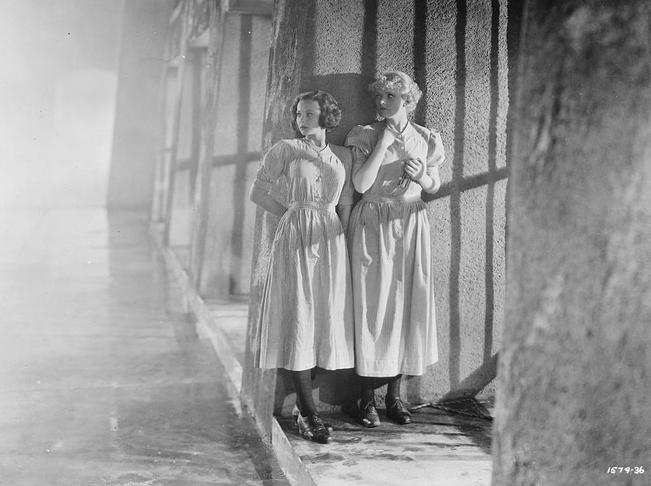

 Charles Laughton siempre me pareció un intérprete algo engolado, quizás más apto para el teatro que para el cine, pero vamos, esto en mi humildísima opinión porque, según Billy Wylder, fue el mejor actor al que dirigió a lo largo de toda su carrera.
Charles Laughton siempre me pareció un intérprete algo engolado, quizás más apto para el teatro que para el cine, pero vamos, esto en mi humildísima opinión porque, según Billy Wylder, fue el mejor actor al que dirigió a lo largo de toda su carrera.